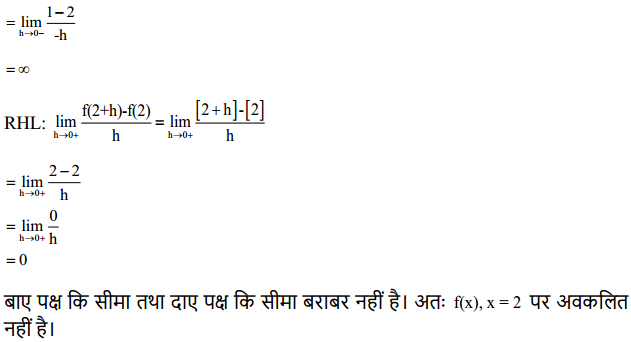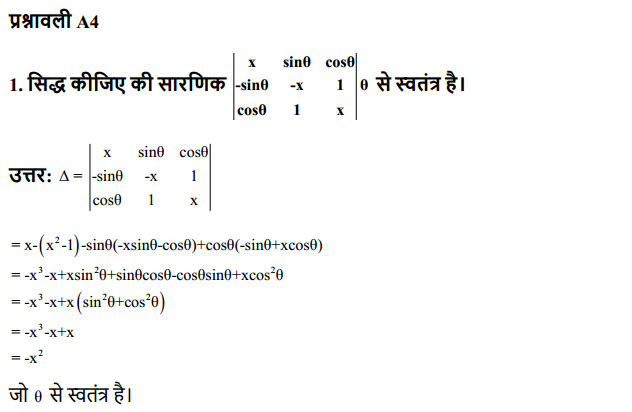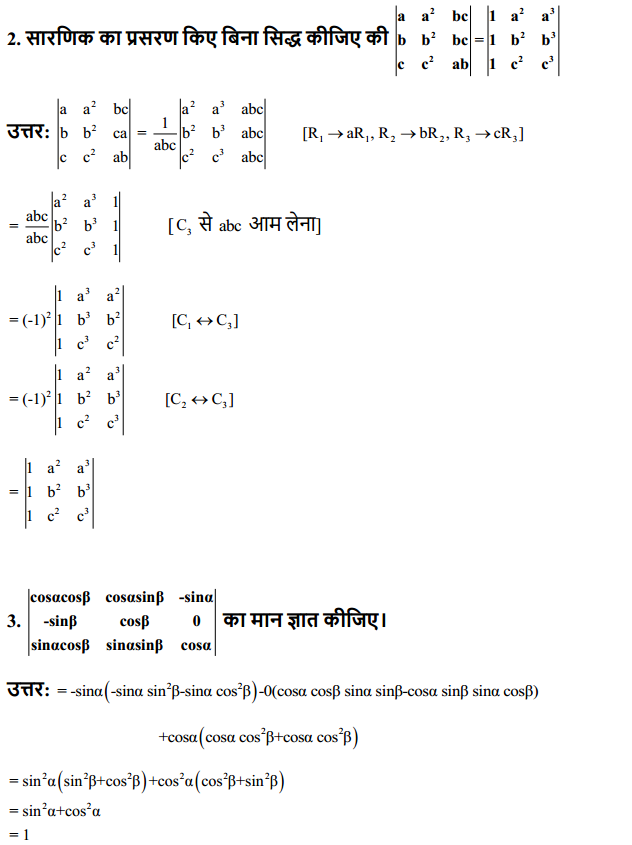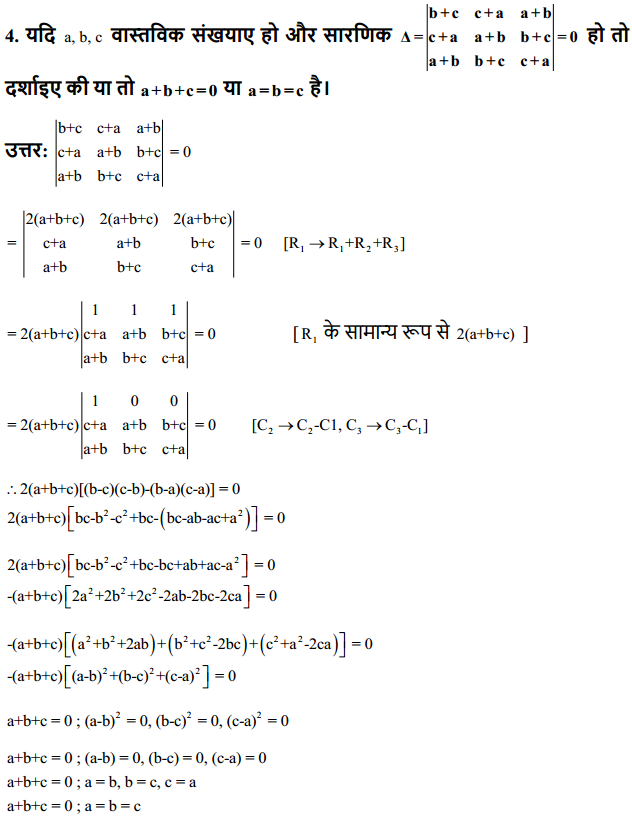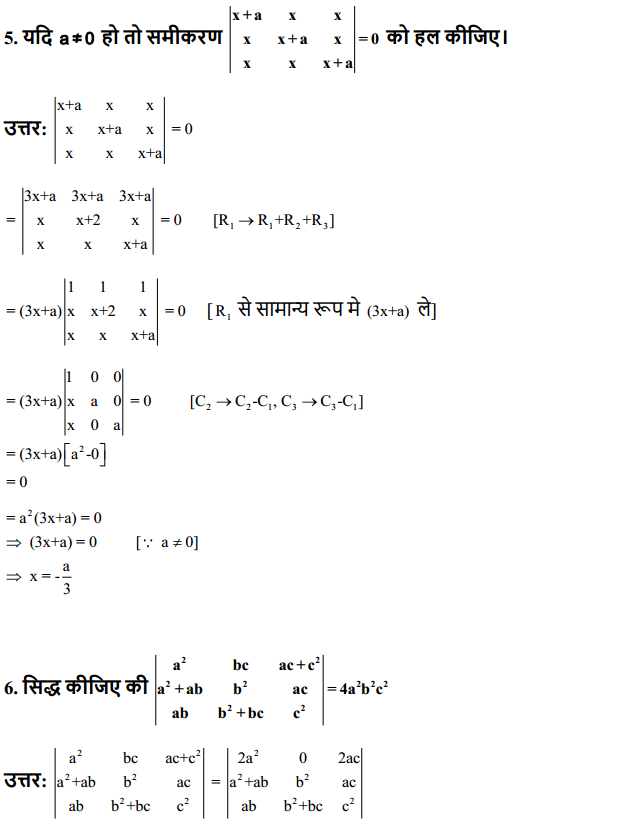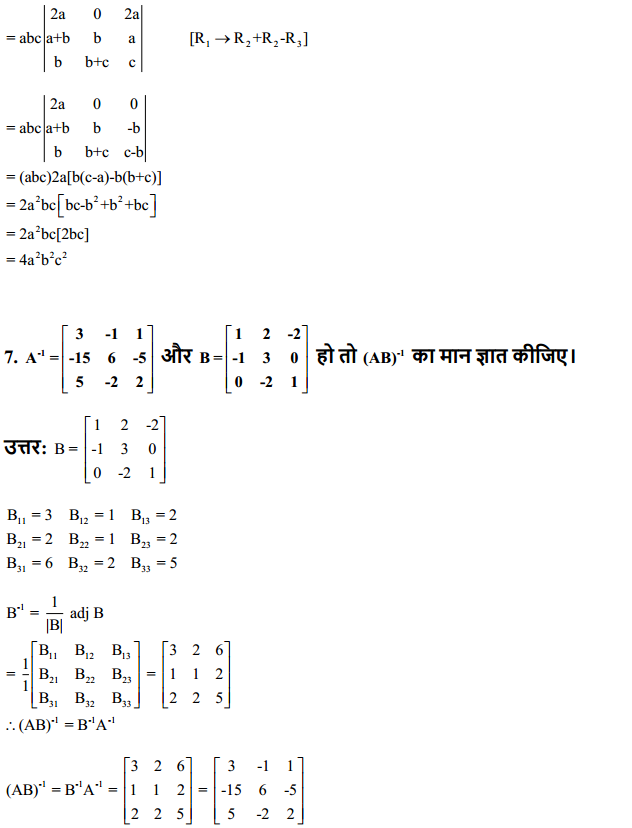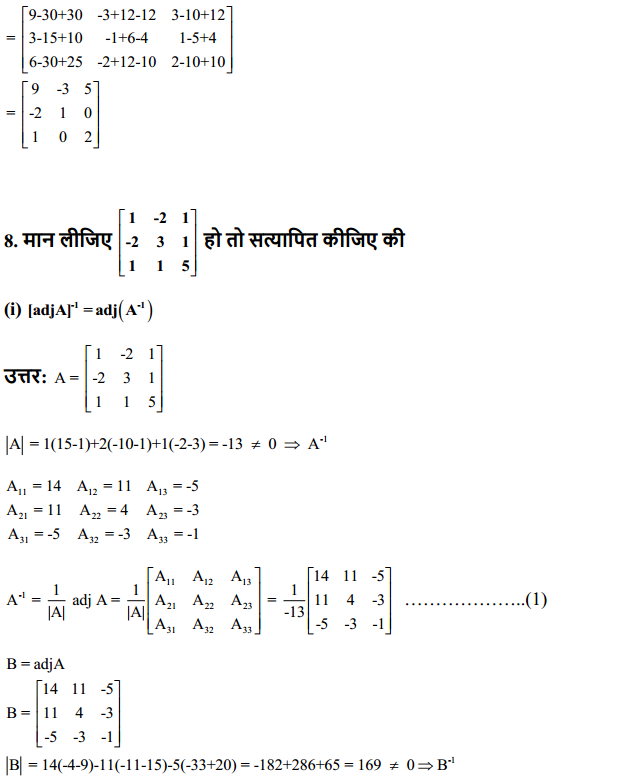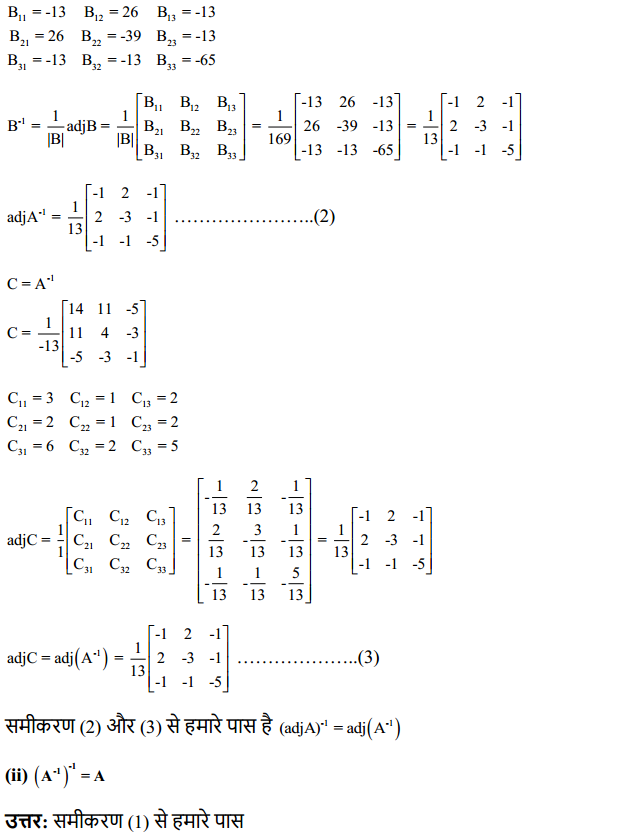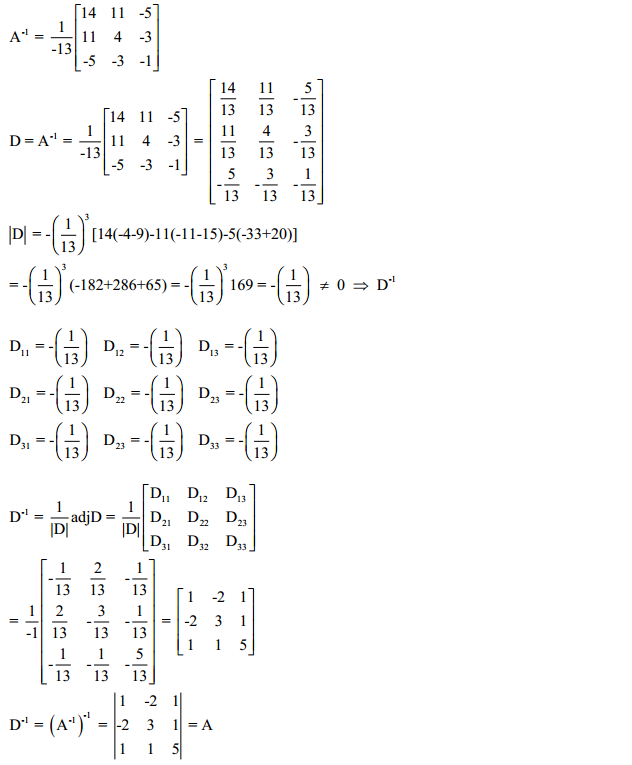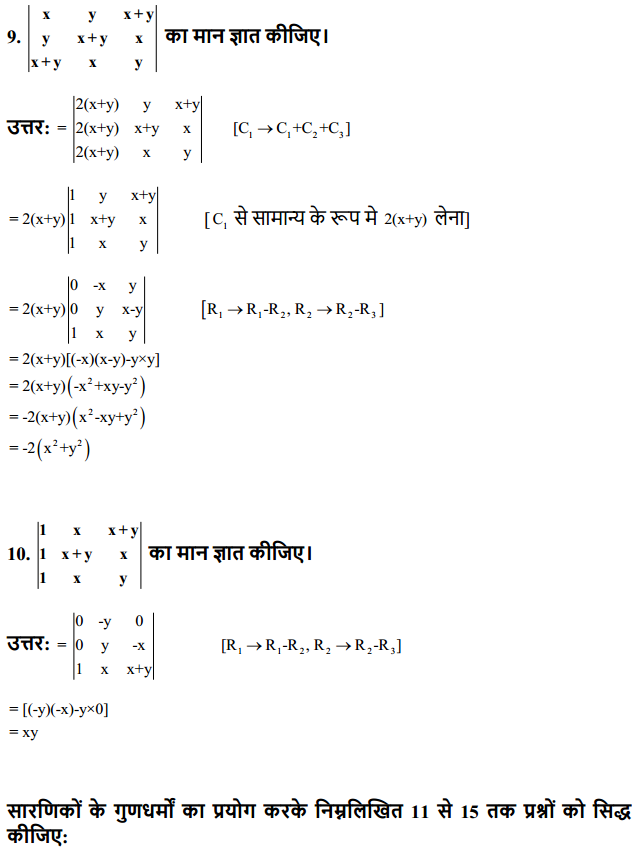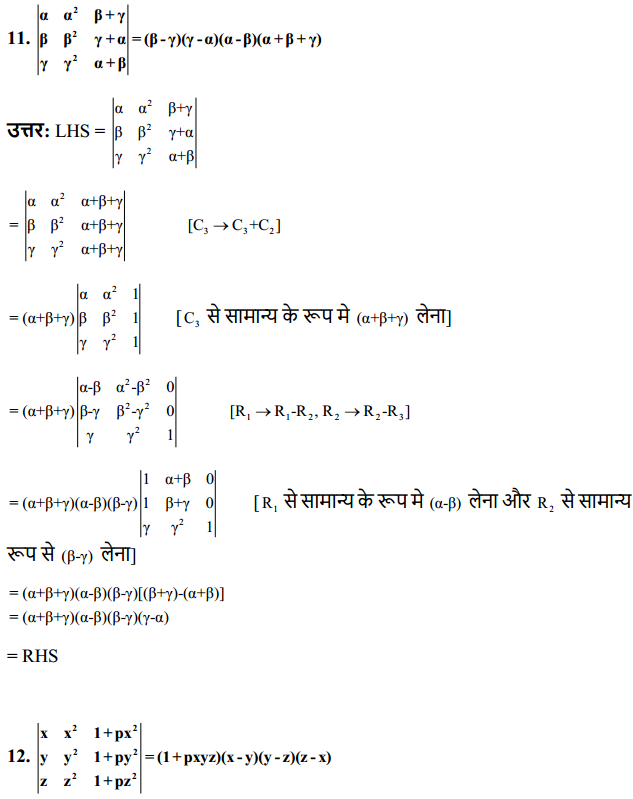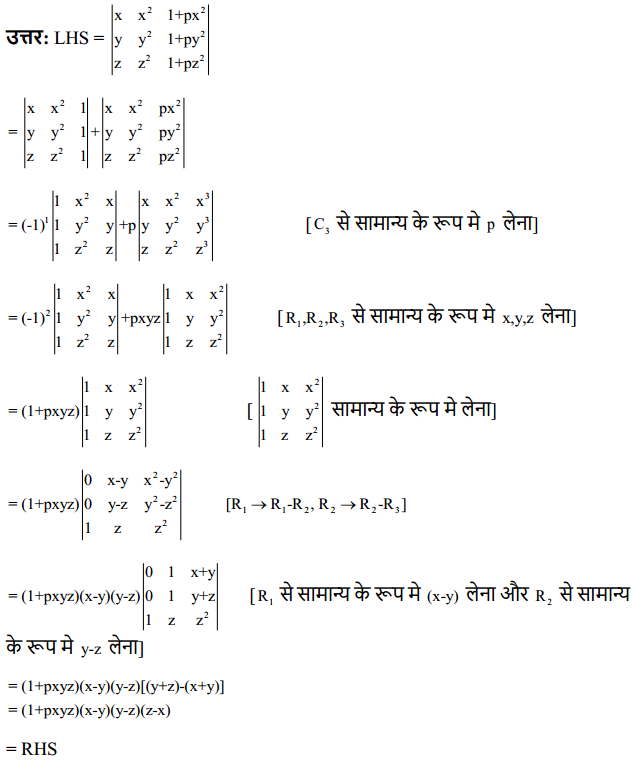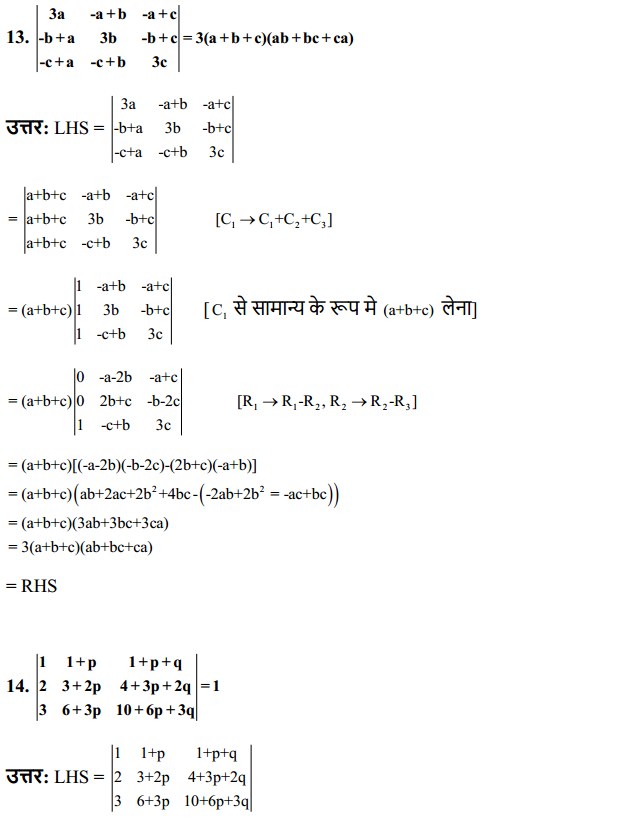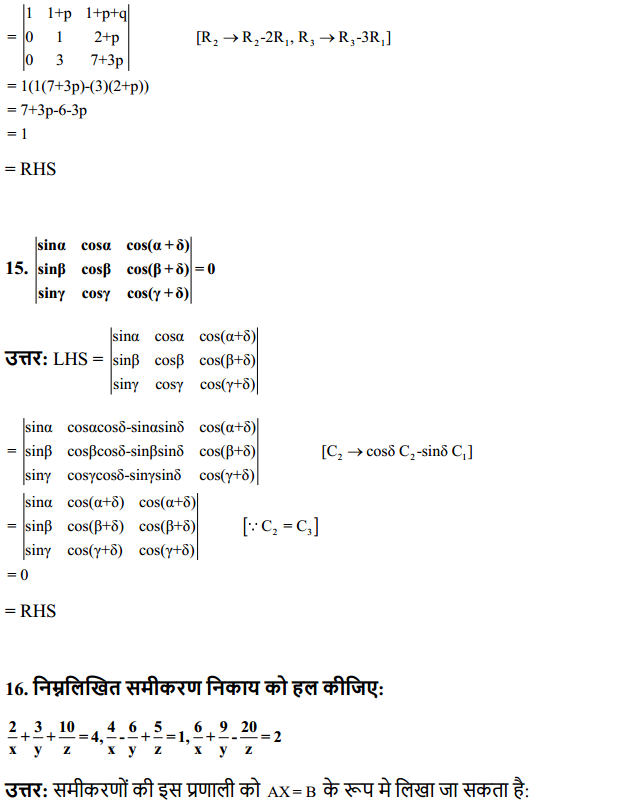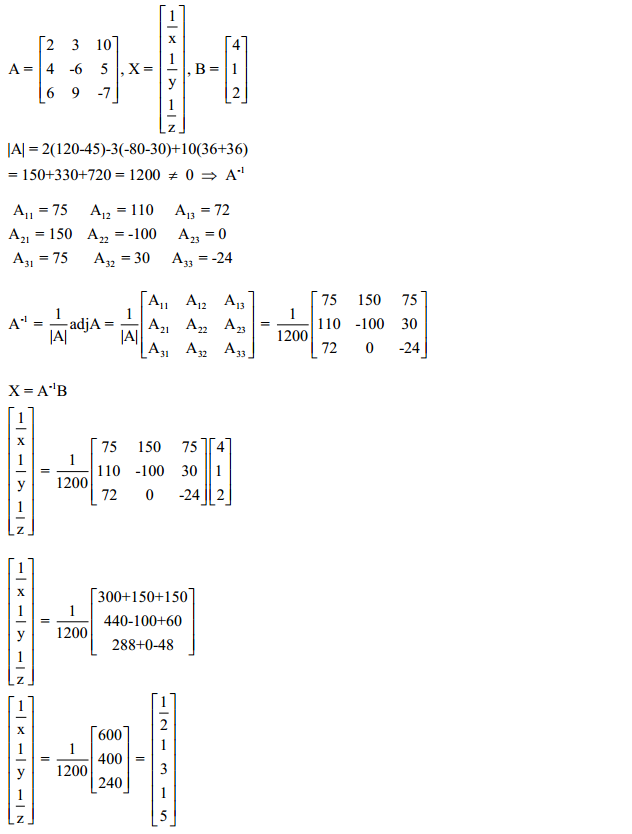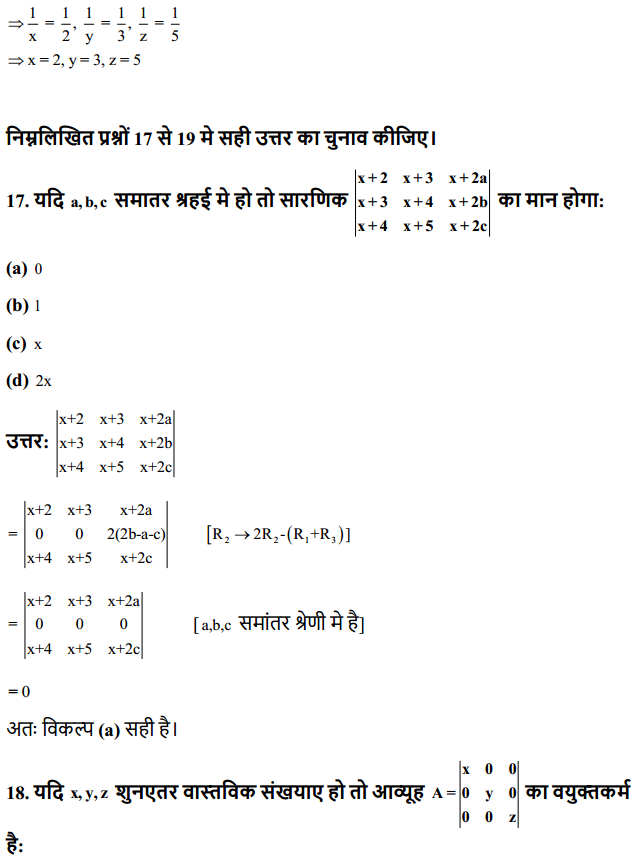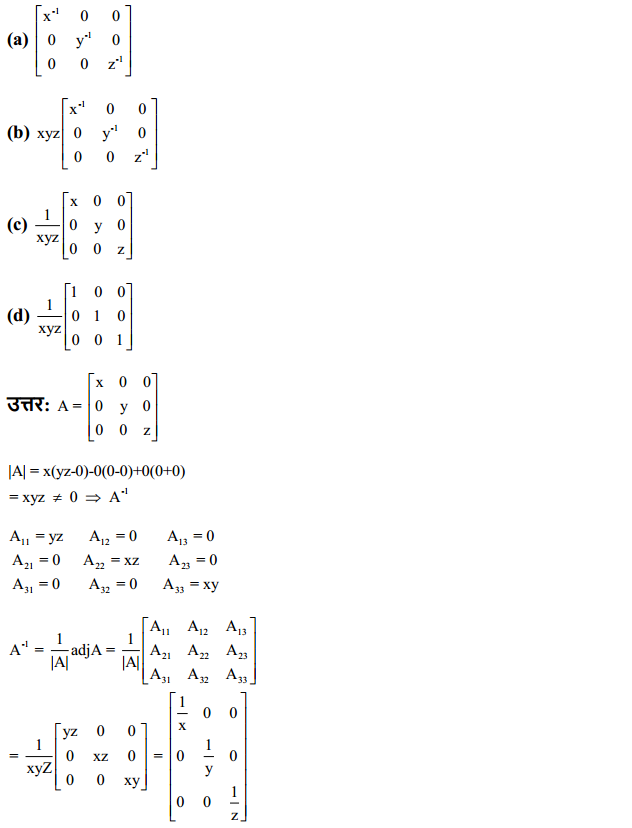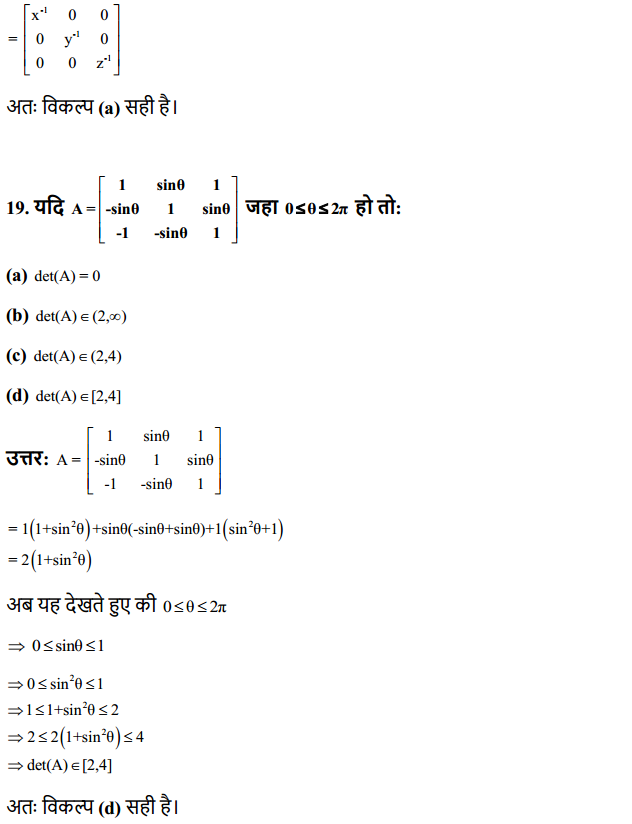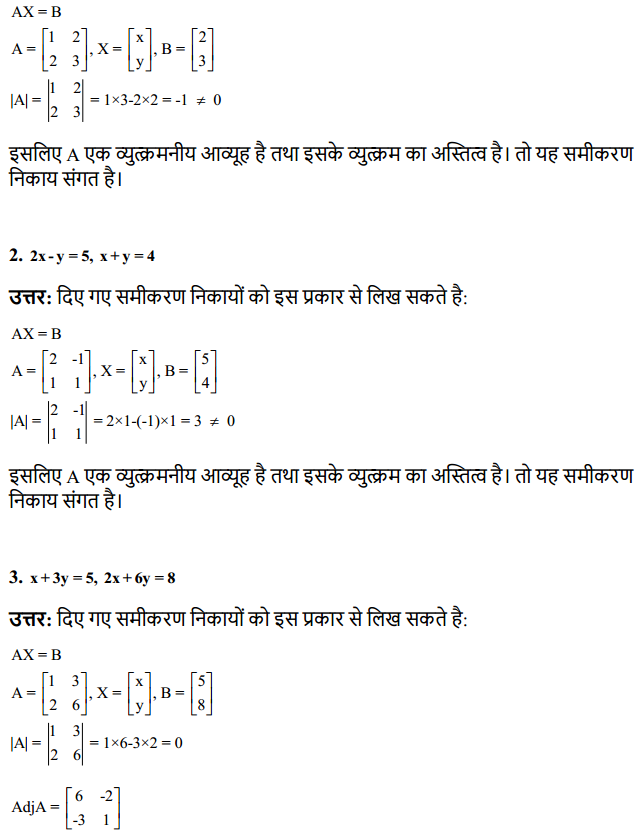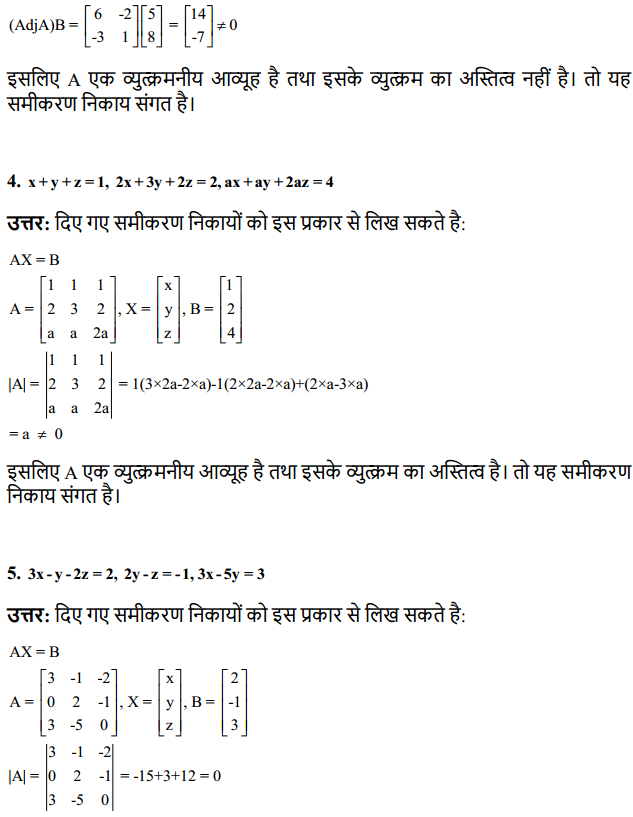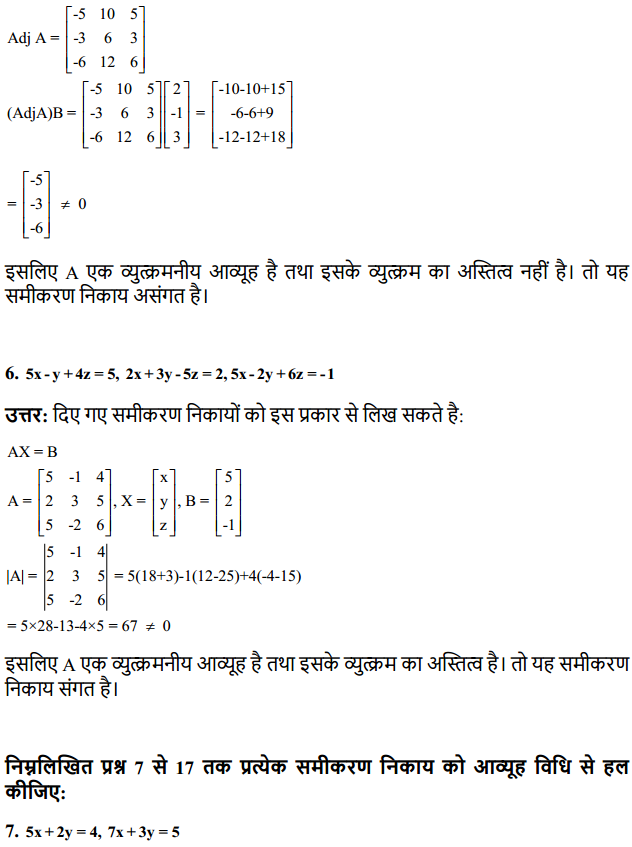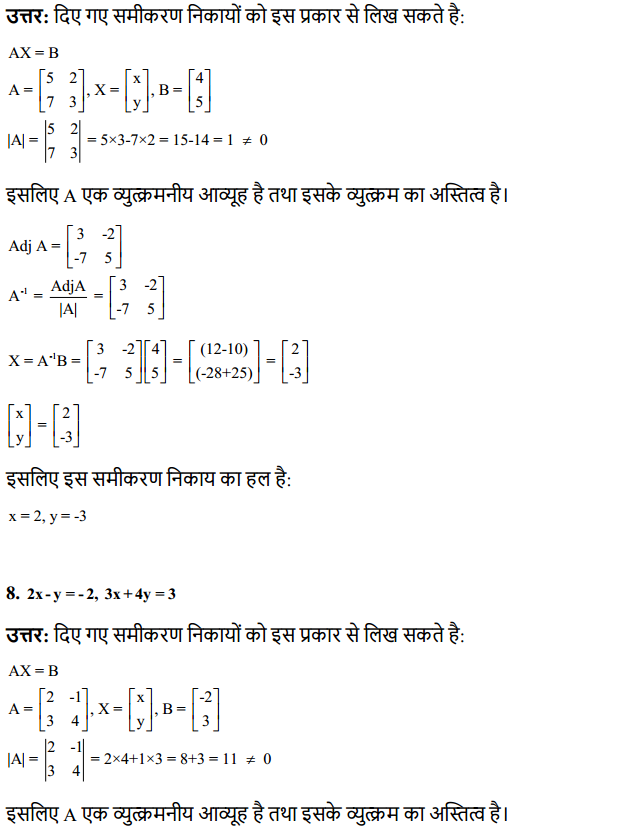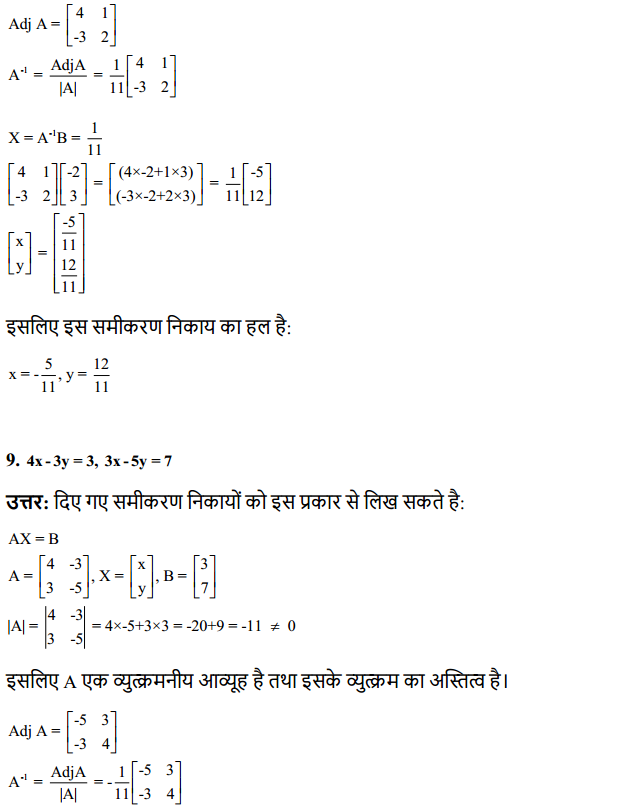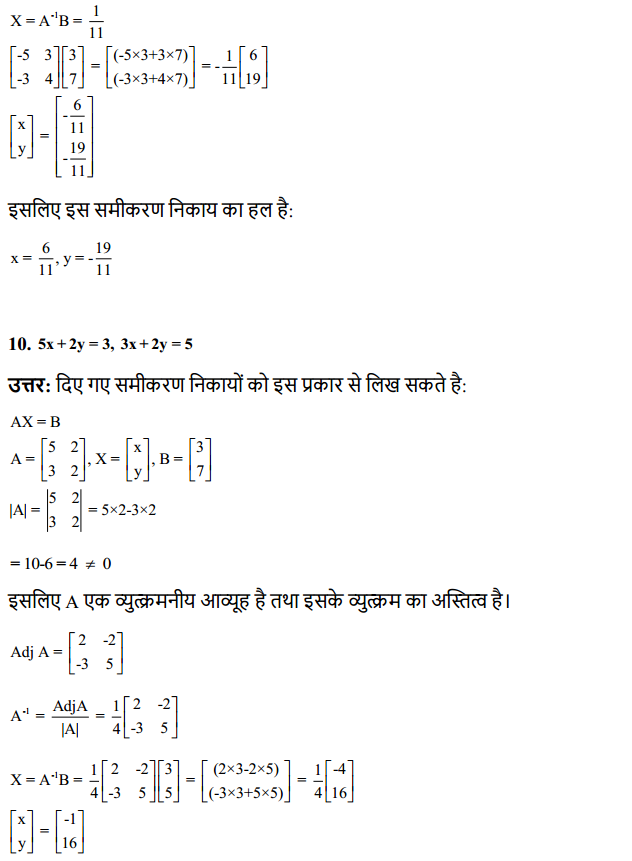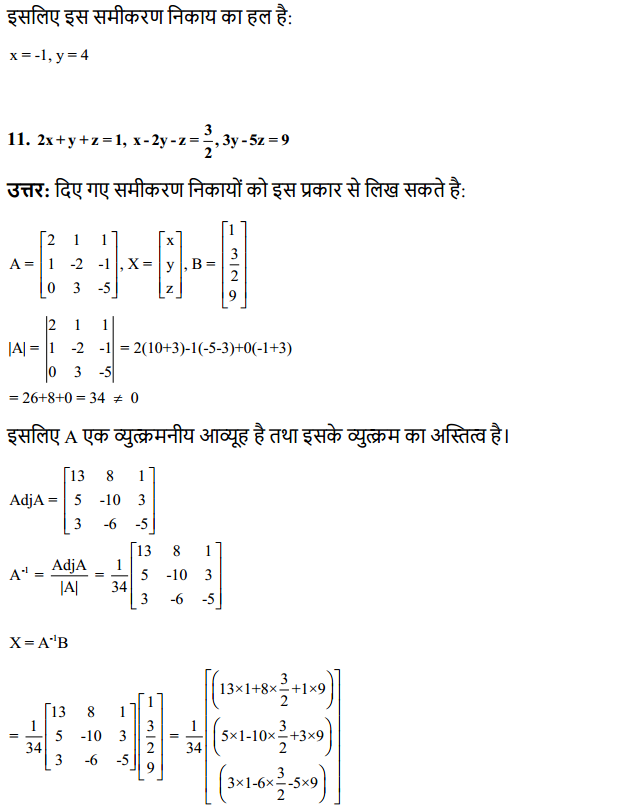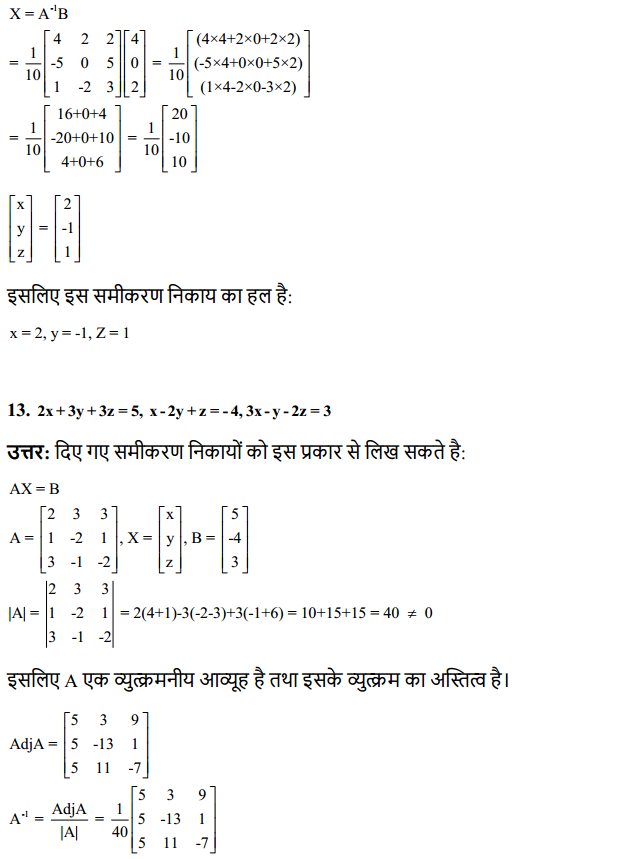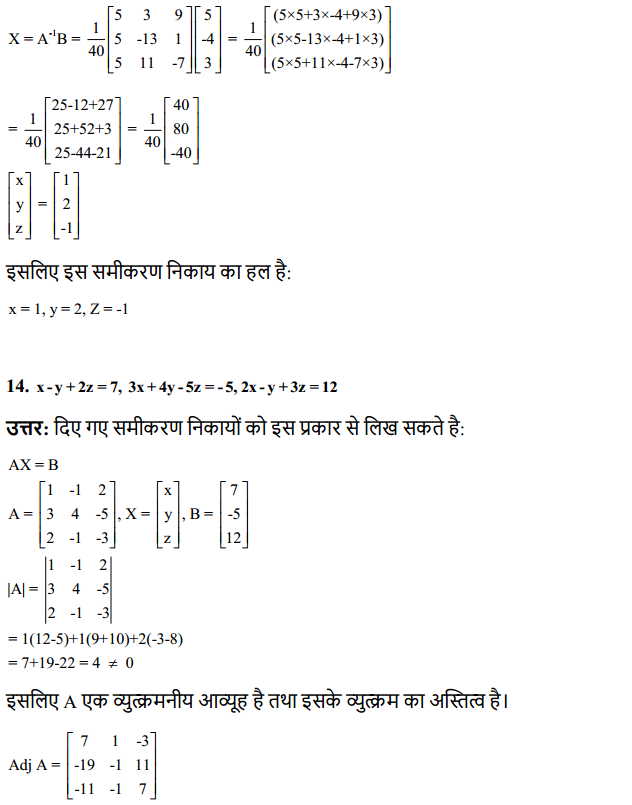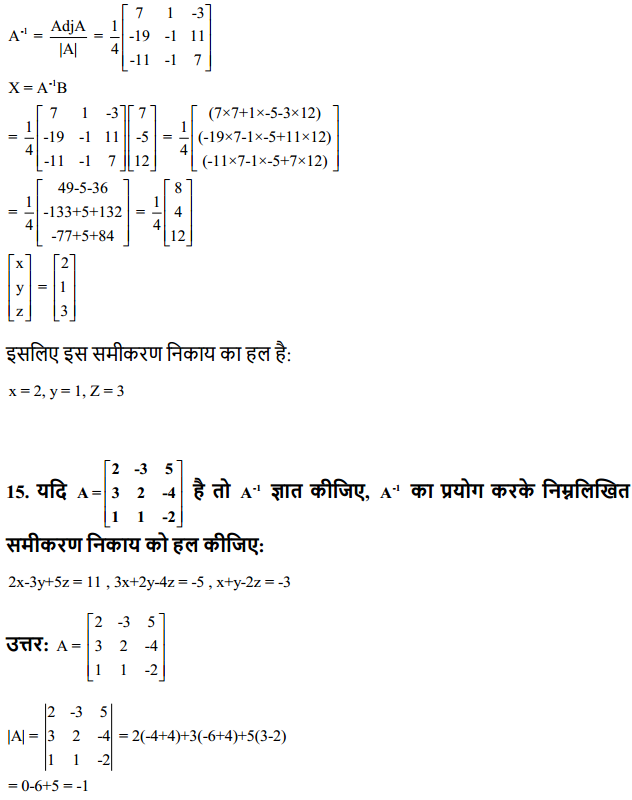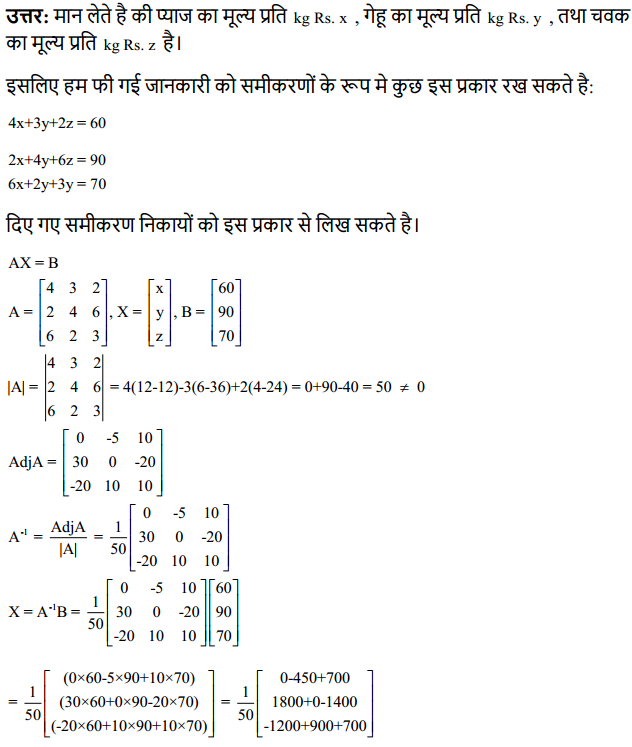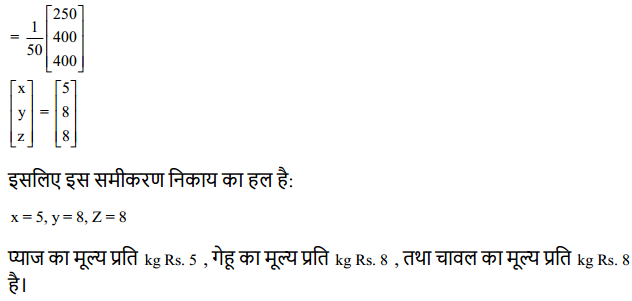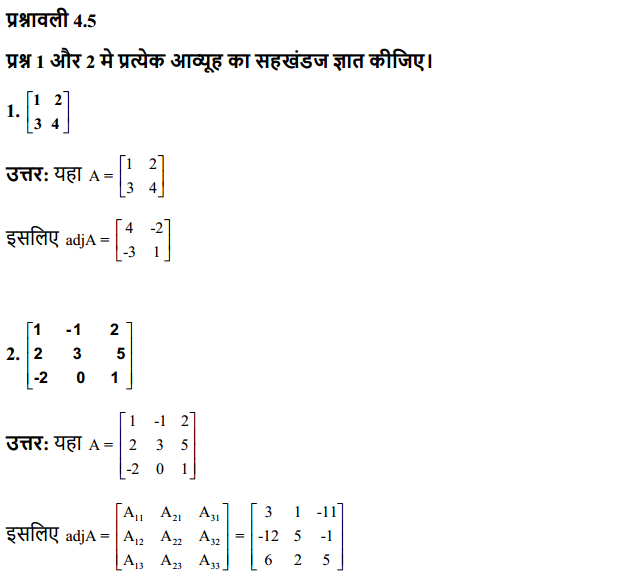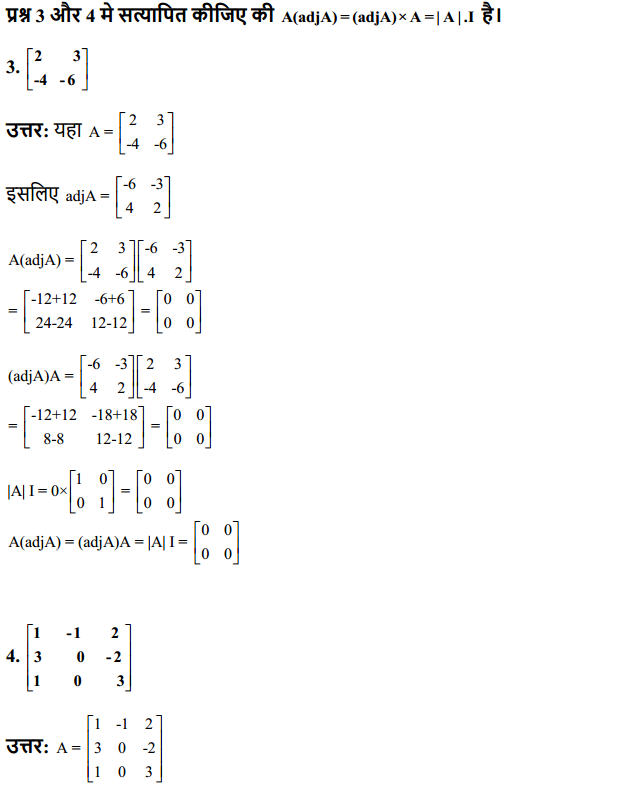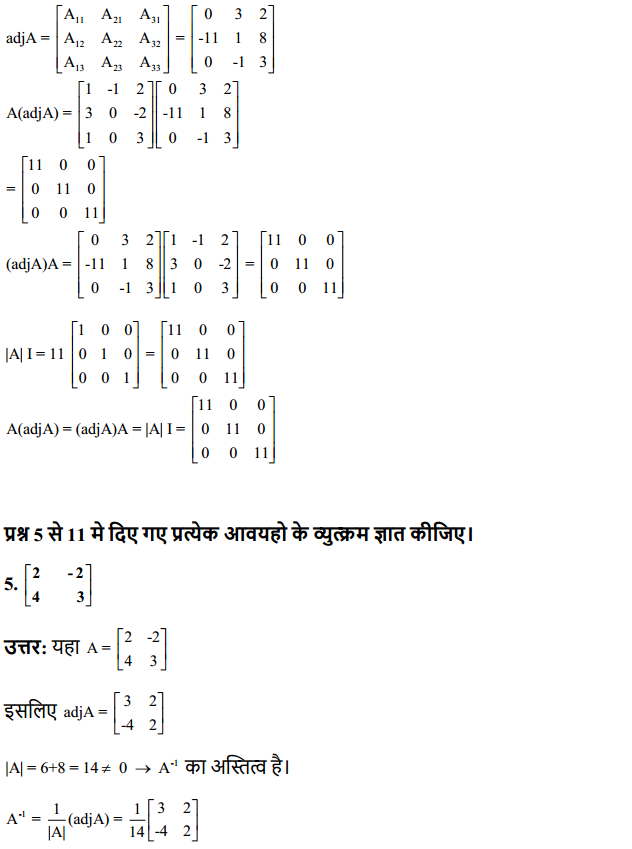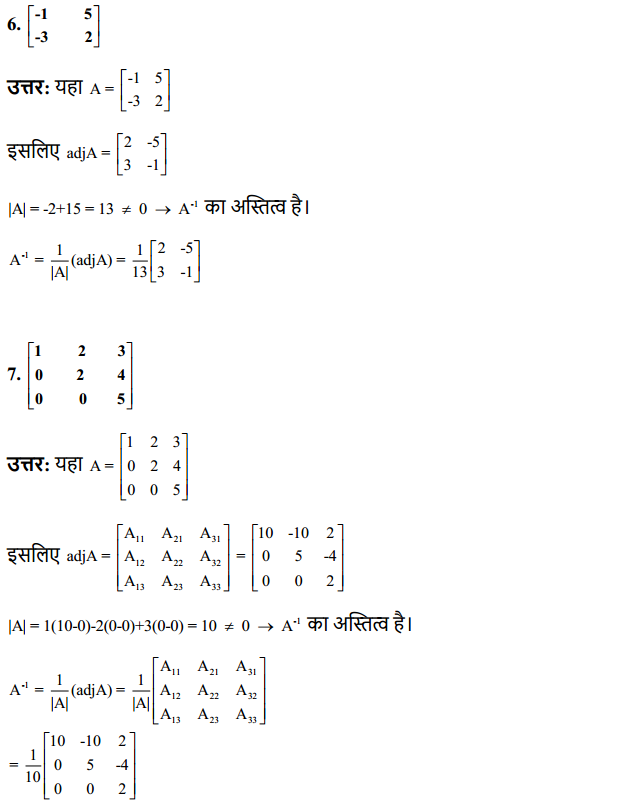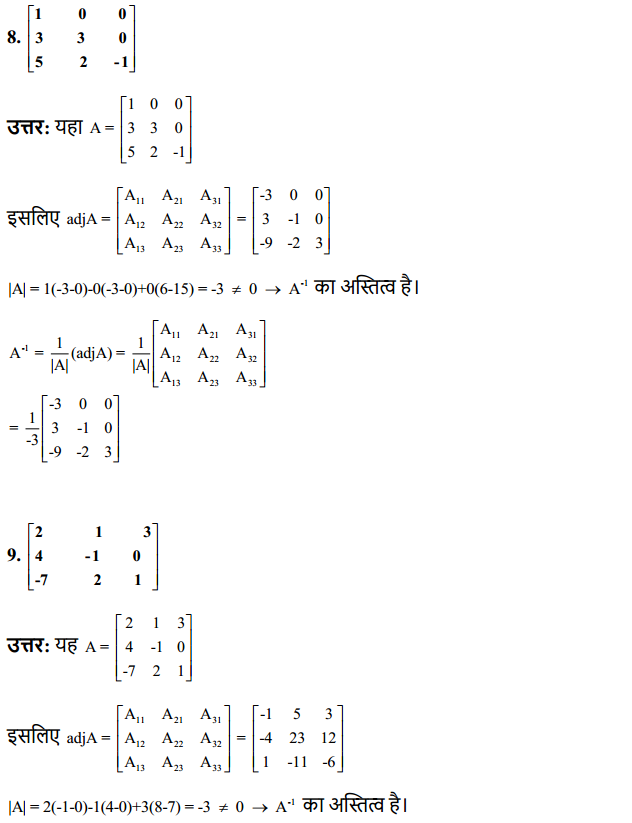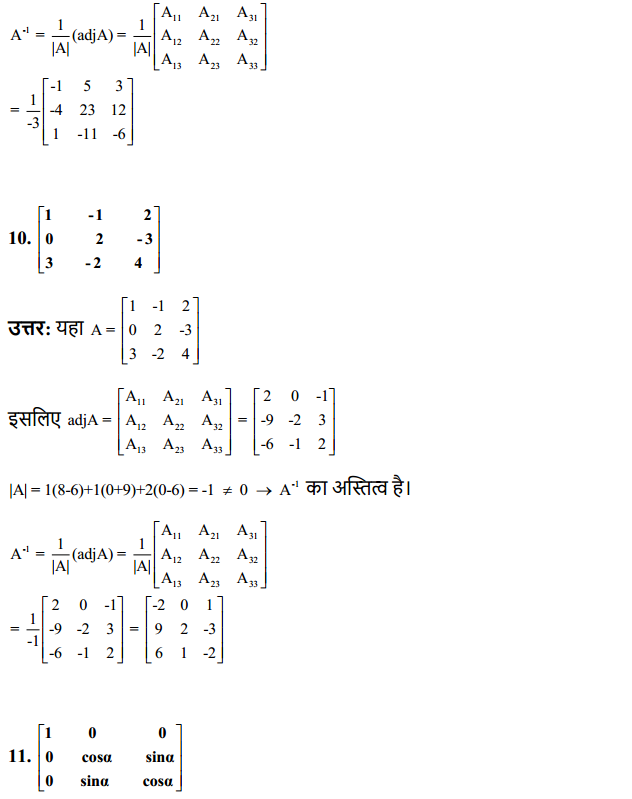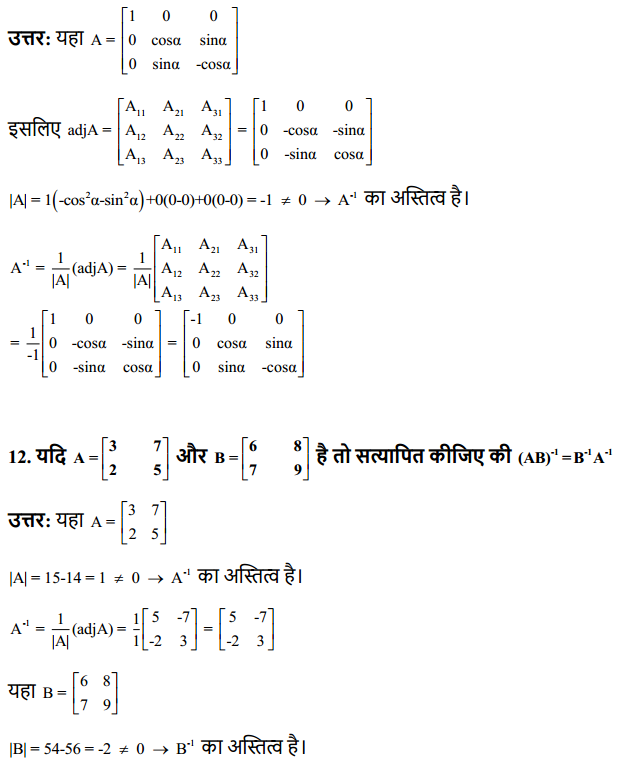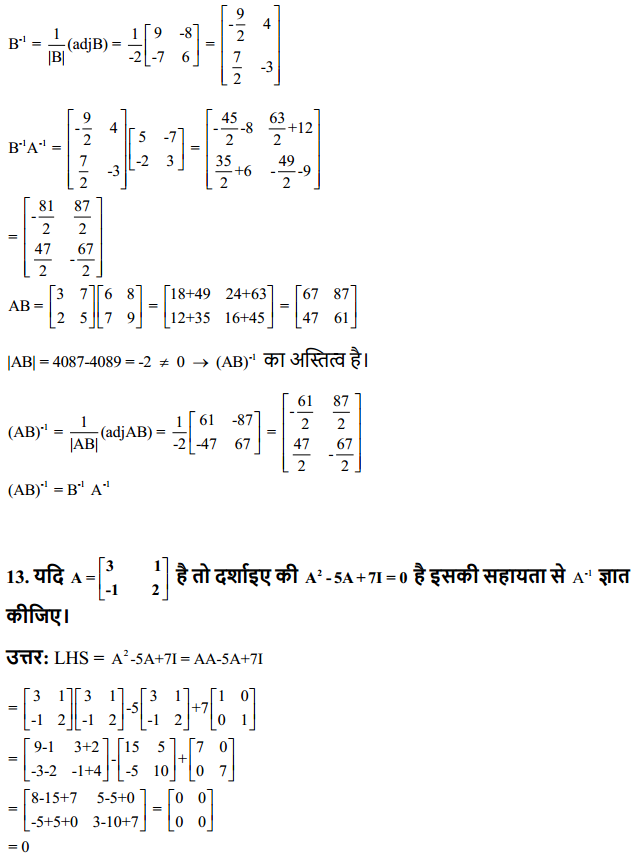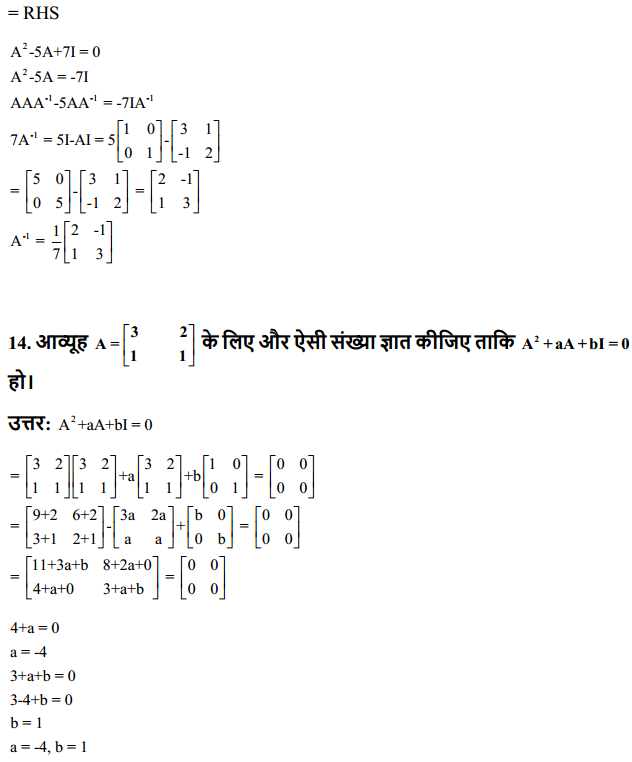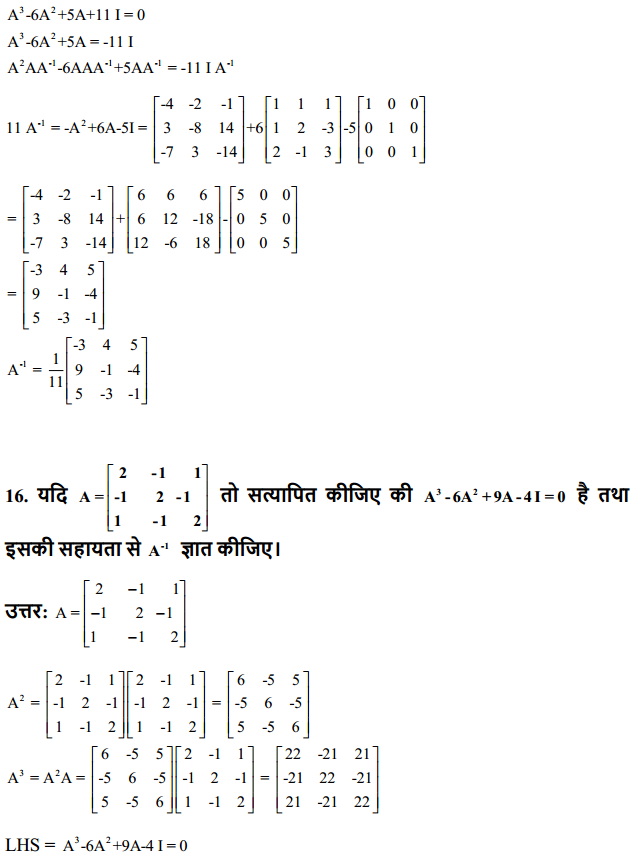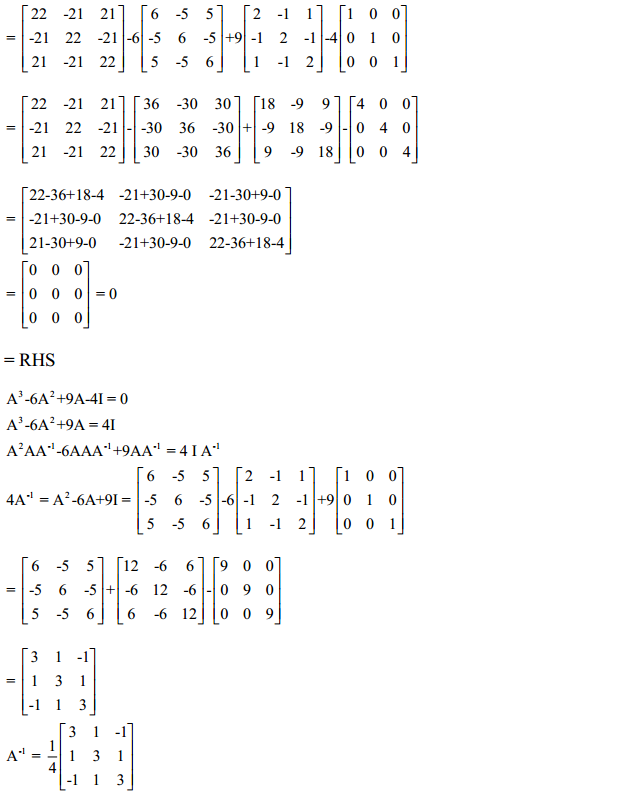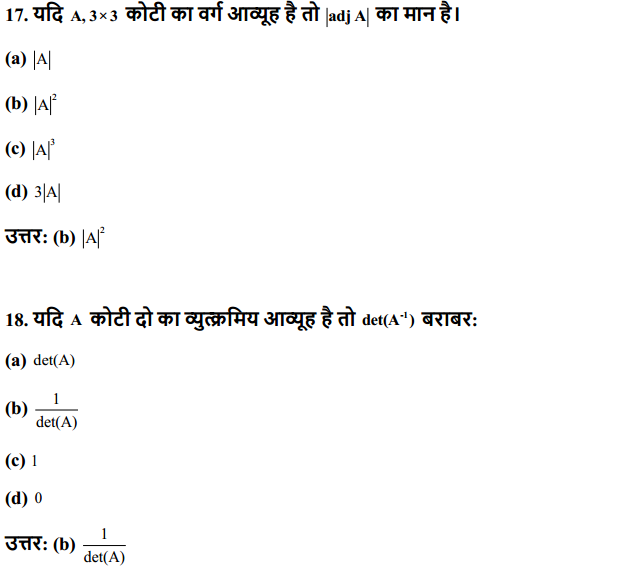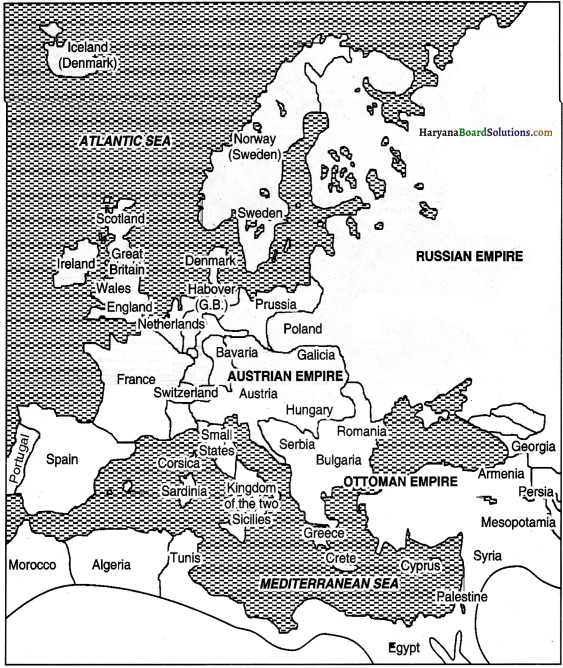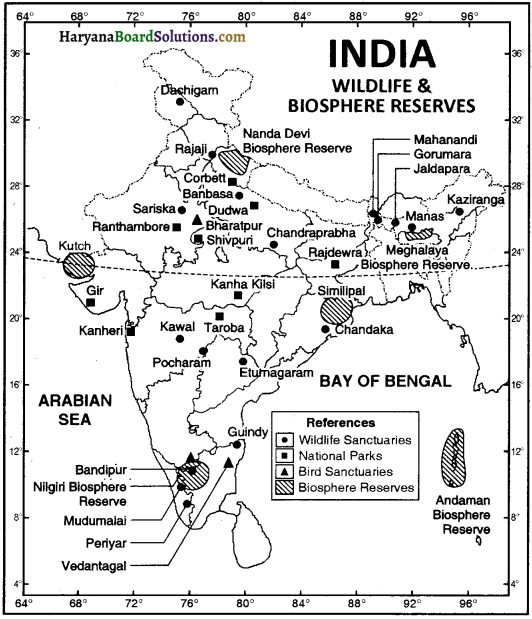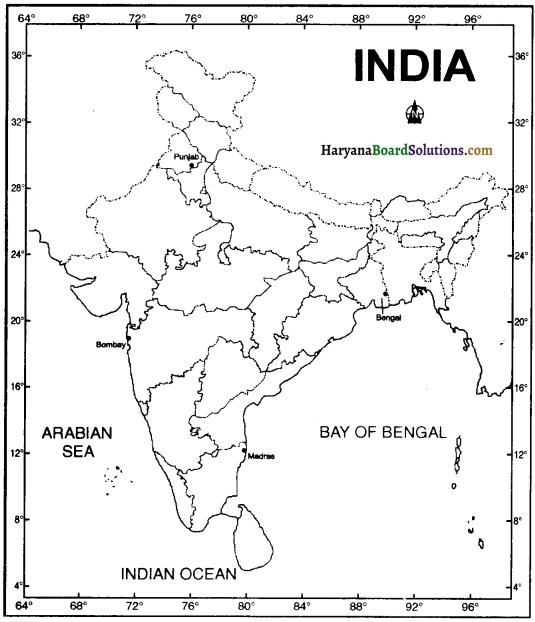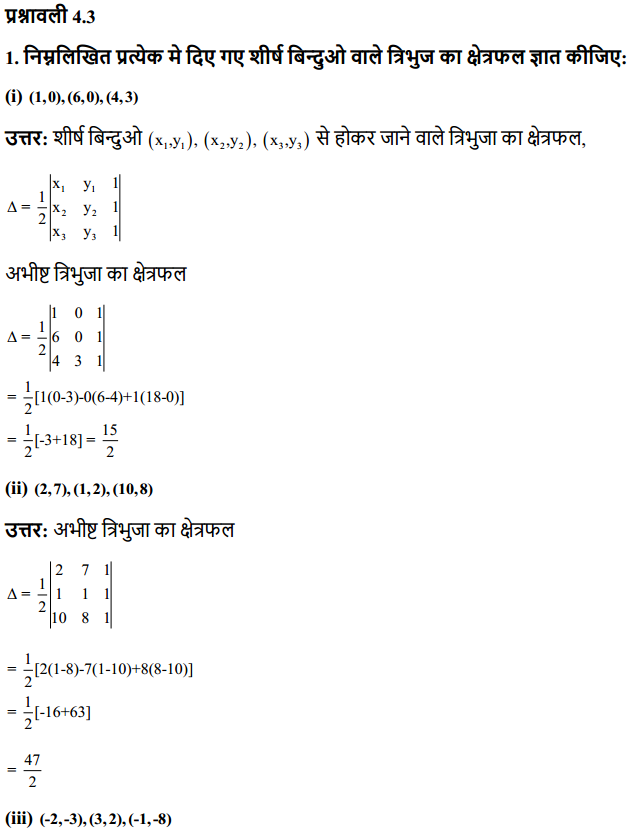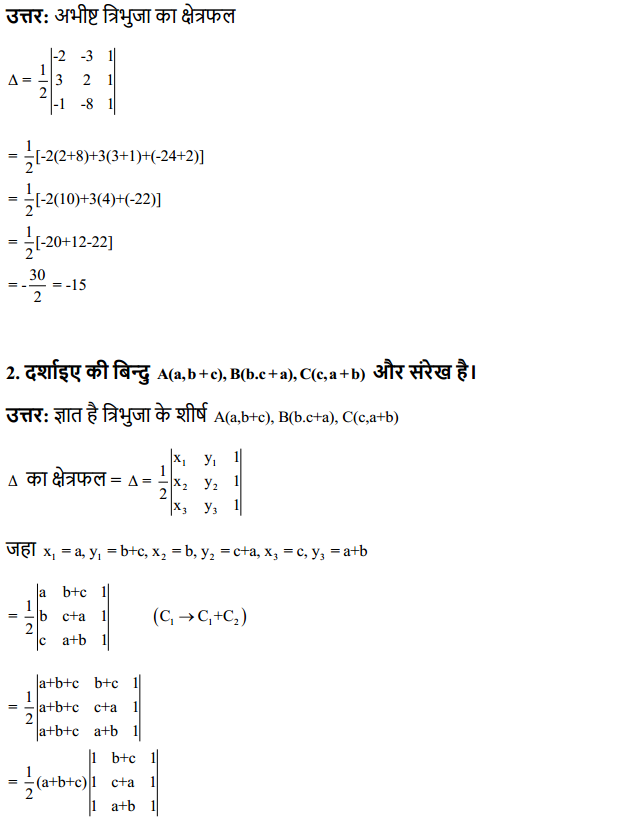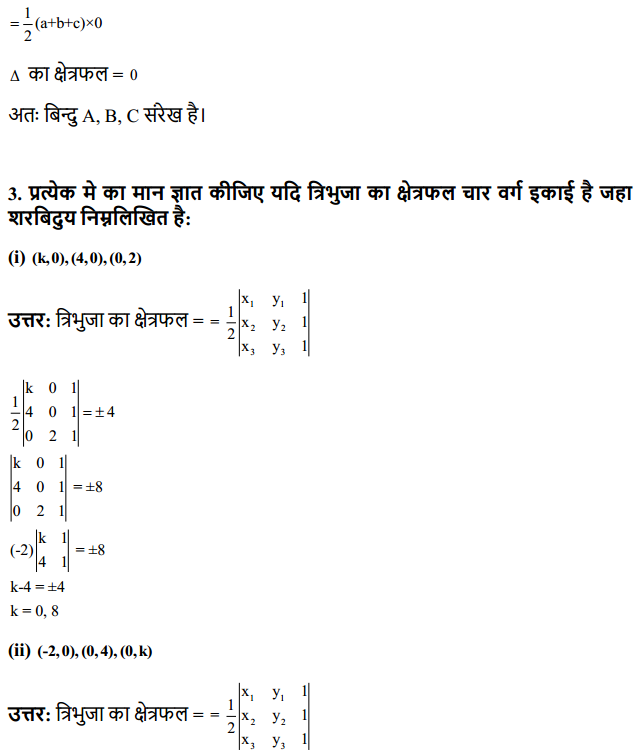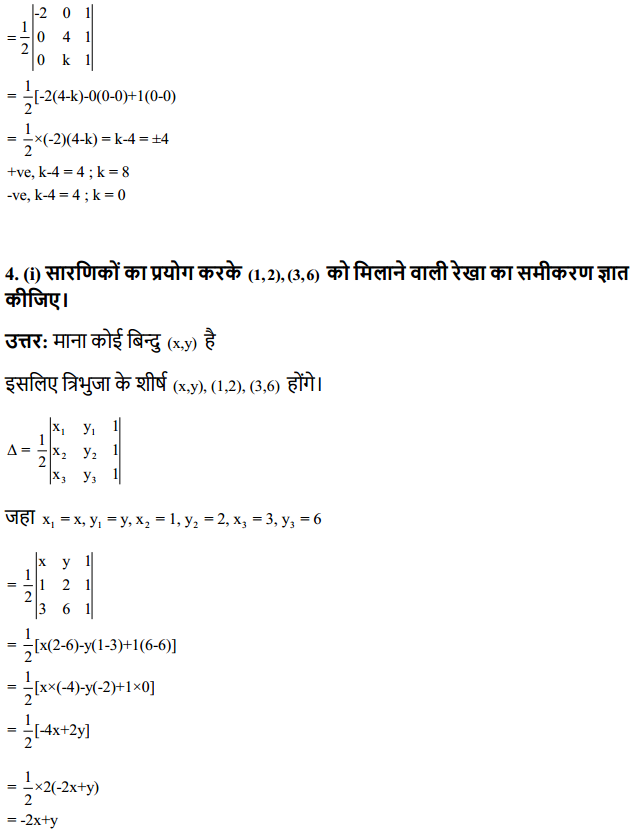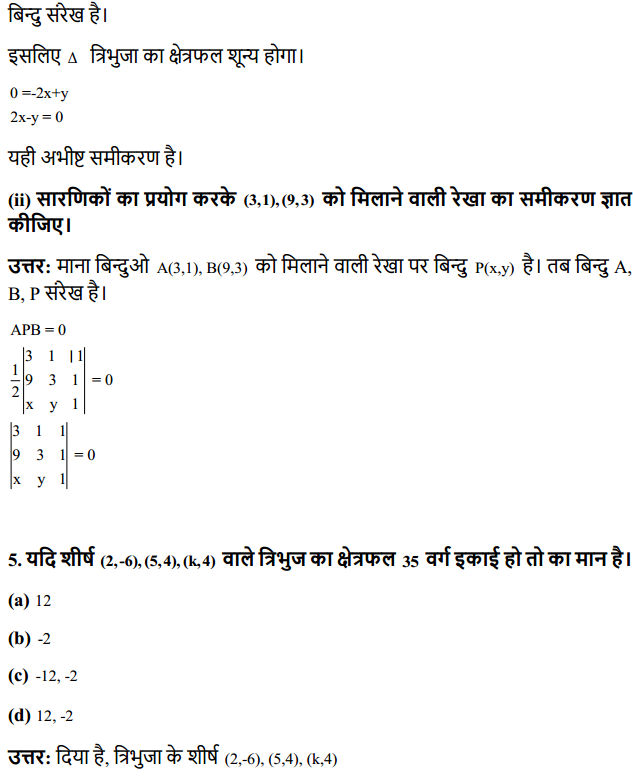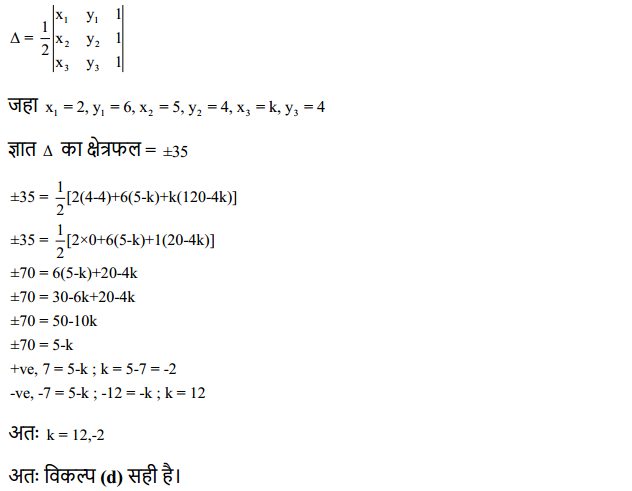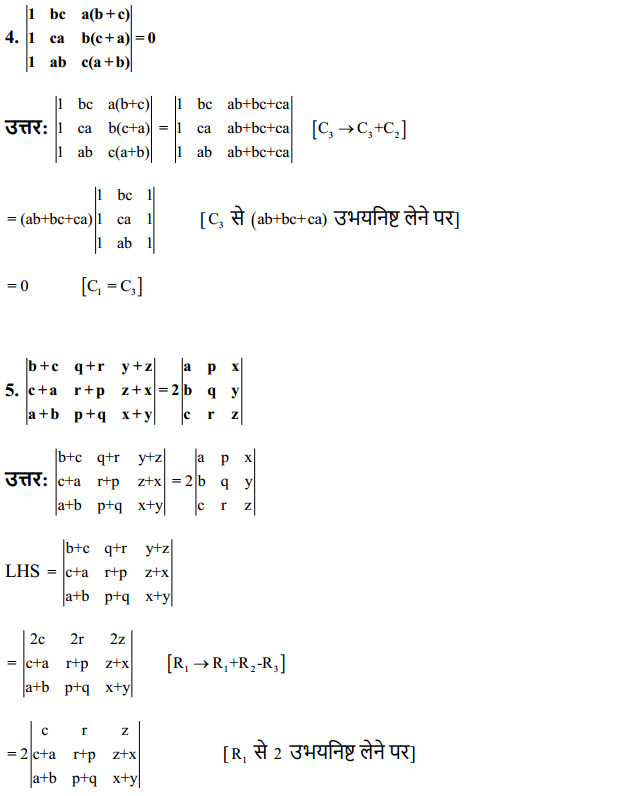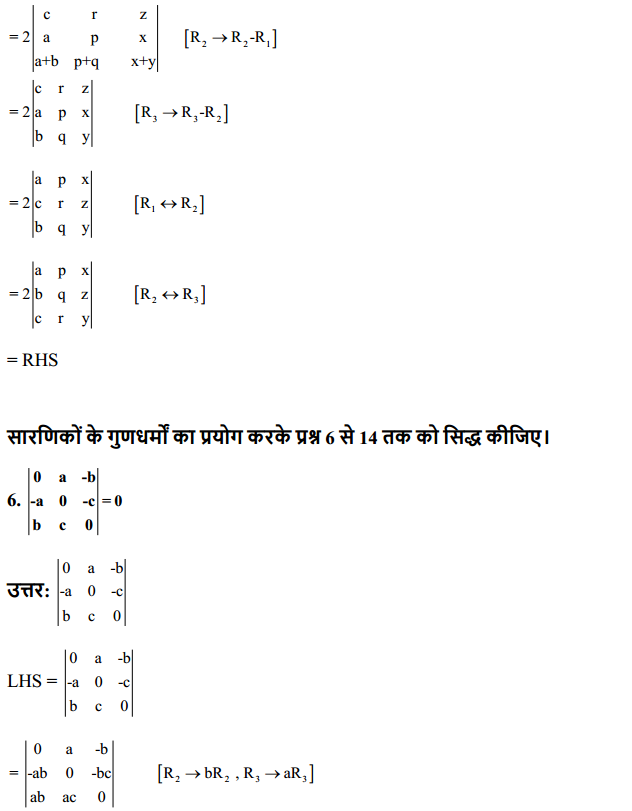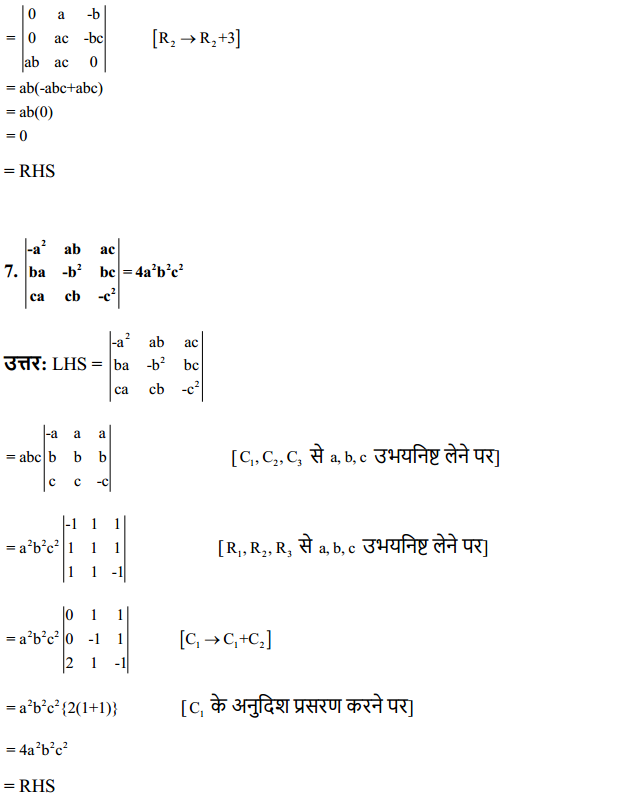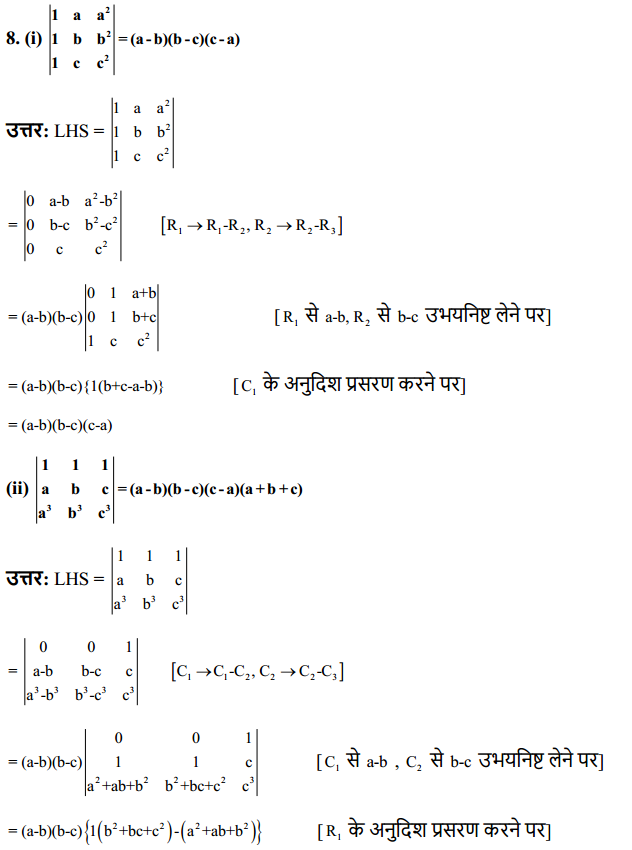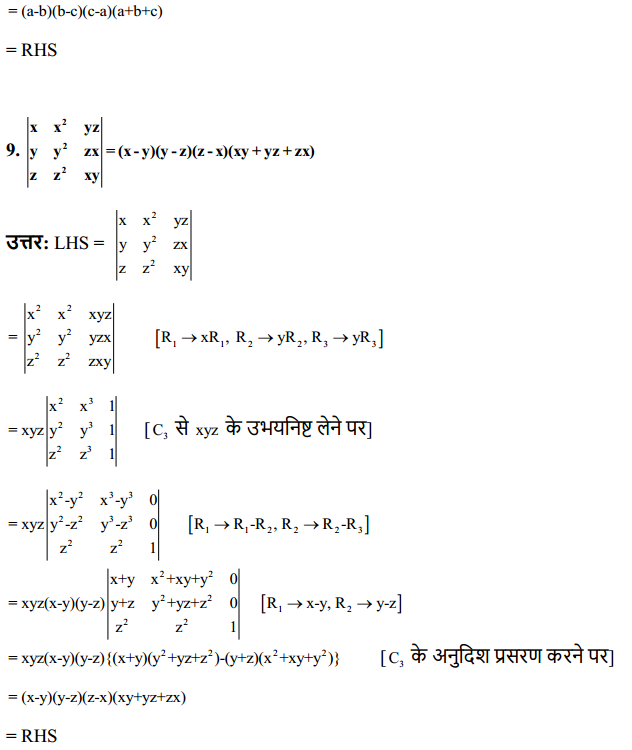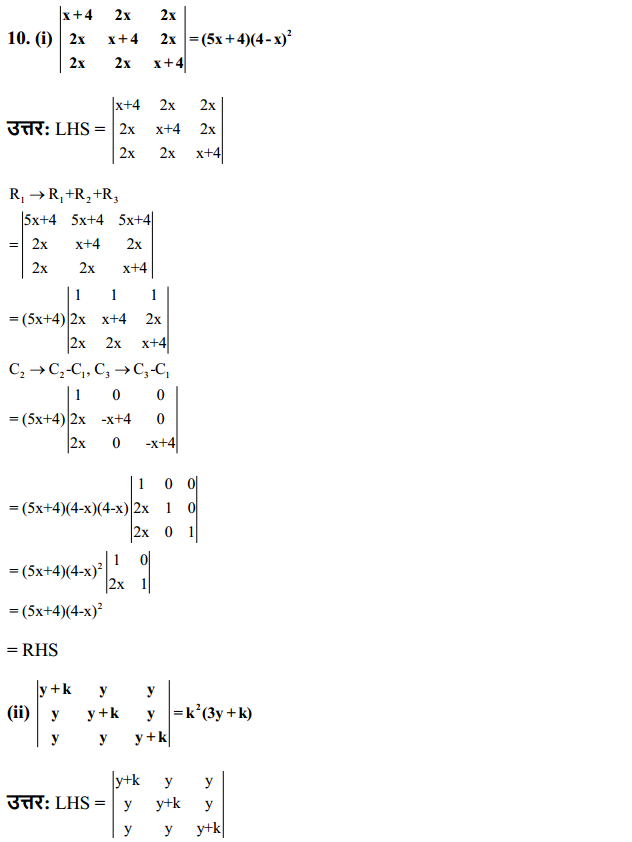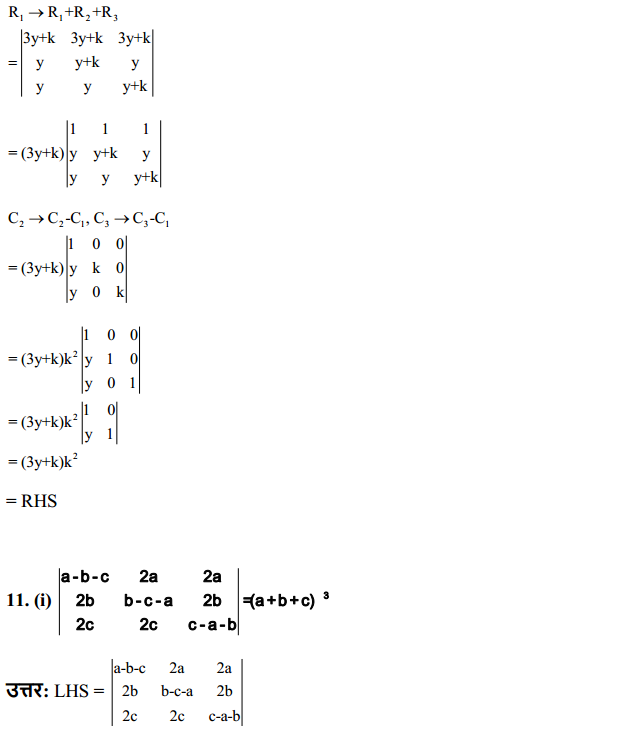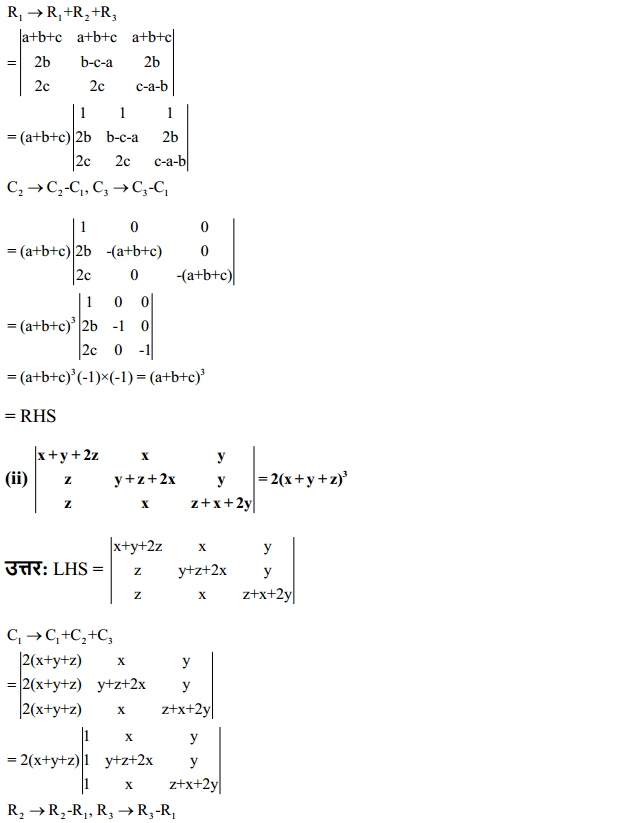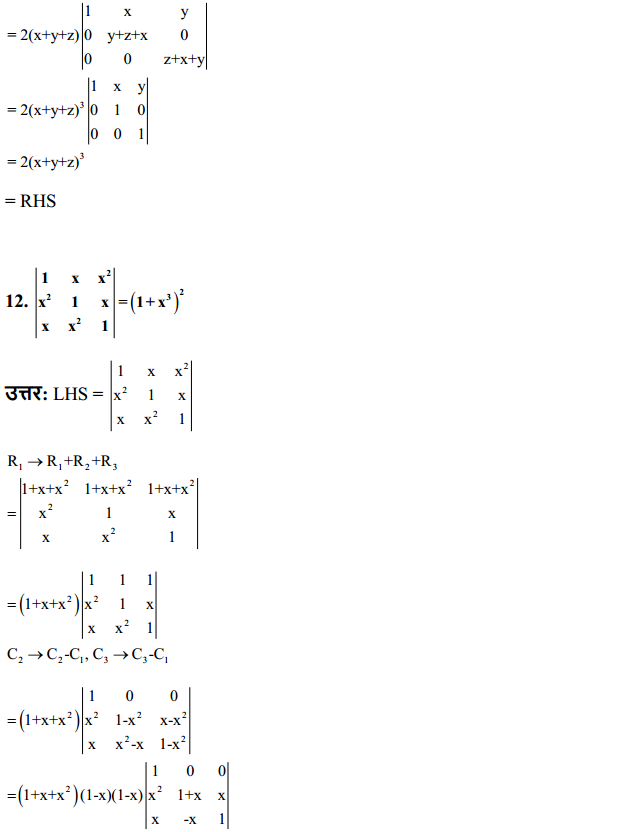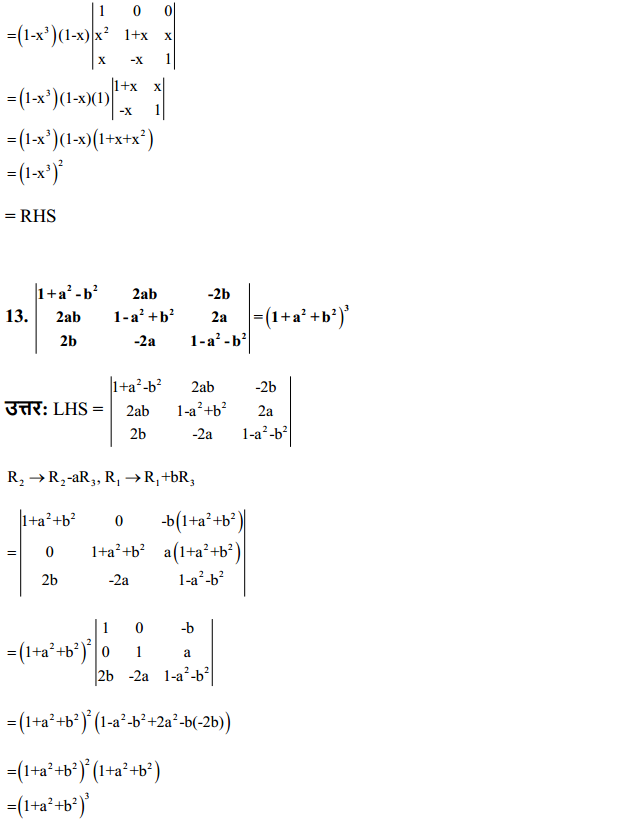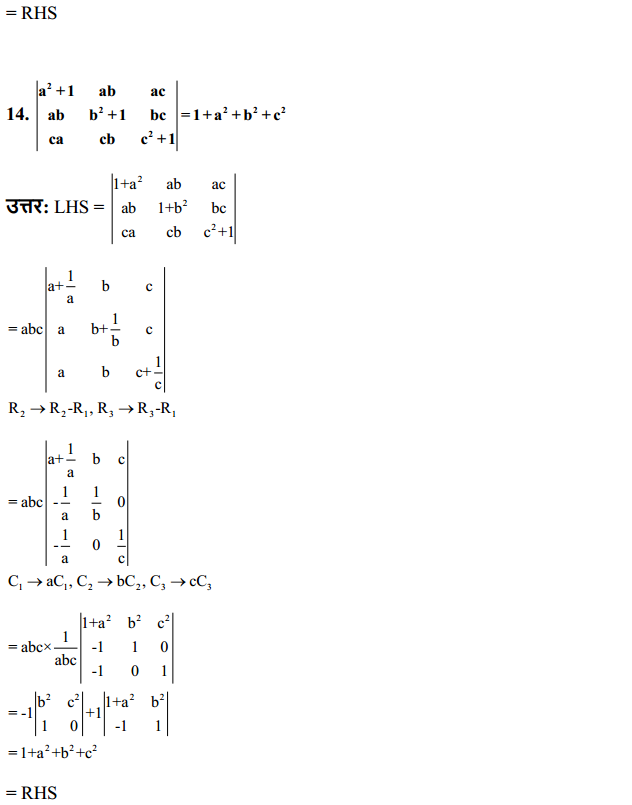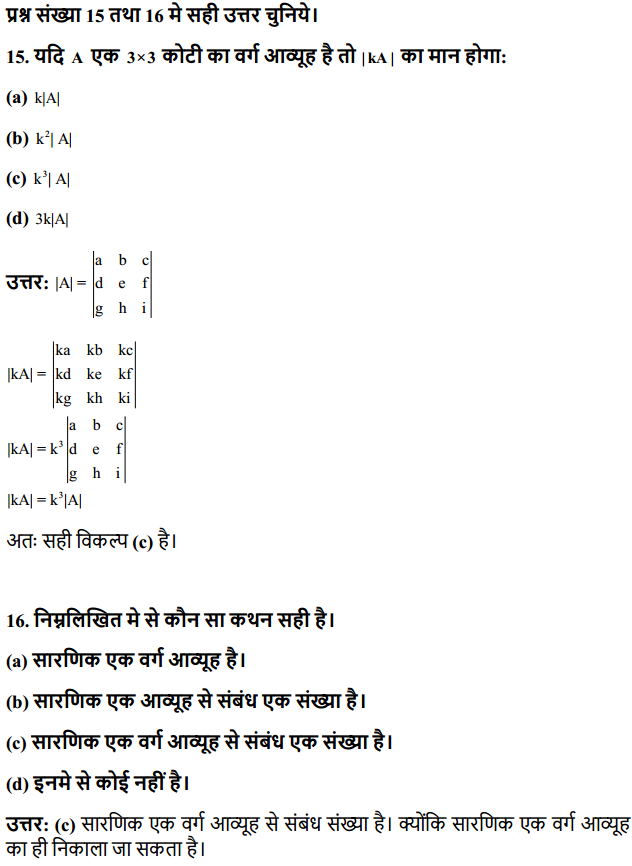Haryana State Board HBSE 10th Class Social Science Important Questions History Chapter 2 Nationalism in India Important Questions and Answers.
Haryana Board 10th Class Social Science Important Questions History Chapter 2 Nationalism in India
Multiple Choice Questions
Important Questions On Nationalism In India HBSE 10th Class Question 1.
As in Vietnam and many other colonies, the growth of modem nationalism is intimately connected to the anti-colonial movement in:
(a) India
(b) Japan
(c) South Africa
(d) All of these.
Answer:
(a) India
Important Question On Nationalism In India HBSE 10th Class Question 2.
According to which of the following census, about 12 to 13 million people in India perished as a result of famines and epidemics.
(a) 1951
(b) 1911
(c) 1991
(d) 1921.
Answer:
(d) 1921.
Nationalism In India Map Based Questions HBSE 10th Class Question 3.
In which of the following years did Mahatma Gandhi return to India from South Africa?
(a) 1915
(b) 1951
(c) 1927
(d) 1918.
Answer:
(a) 1915
Important Questions Of Nationalism In India HBSE 10th Class Question 4.
Who led the Indian workers in South Africa marching from Newcastle to Transvaal on 6th November 1913?
(a) Subhash Chandra Bose
(b) Rabindranath Tagore
(c) Mahatma Gandhi
(d) Jawaharlal Nehru.
Answer:
(c) Mahatma Gandhi

Important Questions In Nationalism In India HBSE 10th Class Question 5.
Which Dharma could unite all Indians?
(a) Non-violence
(b) Violence
(c) Satyagraha
(d) None of these.
Answer:
(a) Non-violence
Important Questions For Nationalism In India HBSE 10th Class Question 6.
In which year did Mahatma Gandhi travel to Champaran in Bihar to inspire the peasants to struggle against the oppressive plantation system?
(a) 1915
(b) 1921
(c) 1917
(d) 1932.
Answer:
(c) 1917
Important Question Nationalism In India HBSE 10th Class Question 7.
In which city did Mahatma Gandhi launch satyagraha in 1918 ?
(a) Ahmedabad
(b) Amritsar
(c) Kheda
(d) Champaran.
Answer:
(a) Ahmed
Question 8.
In which of the following cities was the Khilafat committee formed in March 1919?
(a) Bombay
(b) Calcutta
(c) Bhopal
(d) Jalandhar.
Answer:
(a) Bombay
Question 9.
When did Gandhiji launch a nationwide satyagraha movement against the proposed Rowlatt Act ?
(a) 1922
(b) 1916
(c) 1919
(d) 1921.
Answer:
(c) 1919
Question 10.
When did Jallianwala Bagh Massacre take place?
(a) 13th April 1916
(b) 13th April 1918
(c) 13th April 1919
(d) 13th April 1927.
Answer:
(c) 13th April 1919

Question 11.
When did Non-cooperation Movement begin?
(a) January 1921
(b) February 1921
(c) March 1921
(d) December 1932.
Answer:
(a) January 1921
Question 12.
Who led the peasants’ revolt in Awadh during the Non-cooperation Movement?
(a) Mahatma Gandhi
(b) Baba Ramchandra
(c) Jawaharlal Nehru
(d) None of these.
Answer:
(b) Baba Ramchandra
Question 13.
In which year was the Inland Emigration Act Passed?
(a) 1857
(b) 1858
(c) 1859
(d) 1947.
Answer:
(c) 1859
Question 14.
In which year did the Chauri-Chaura incident take place?
(a) 1922
(b) 1920
(c) 1925
(d) 1928.
Answer:
(a) 1922
Question 15.
When did Gandhiji decide to withdraw from the Non-cooperation Movement?
(a) 1920
(b) 1923
(c) 1932
(d) 1922.
Answer:
(d) 1922.
Question 16.
In which year did the Simon Commission arrive in India?
(a) 1925
(b) 1932
(c) 1928
(d) 1947.
Answer:
(c) 1928

Question 17.
Who declared a vague offer of ‘dominion status for India in 1929?
(a) Lord Mountbatten
(b) Lord Irwin
(c) Lord Dalhousie
(d) Sir John Simon.
Answer:
(b) Lord Irwin
Question 18.
In which session of Congress was the demand of ‘Purna Swaraj’ formalized?
(a) Lahore session
(b) Lucknow session
(c) Bombay session
(d) Calcutta session.
Answer:
(a) Lahore session
Question 19.
Who said “The Swaraj will not come for a hundred years if untouchability is not eliminated?”
(a) B.R. Ambedkar
(b) Mahatma Gandhi
(c) Jawaharlal Nehru
(d) Annie Besant.
Answer:
(b) Mahatma Gandhi
Question 20.
In which year was the Poona Pact signed?
(a) 1930
(b) 1931
(c) 1932
(d) 1933
Answer:
(c) 1932
Question 21.
Who organized the dalits into the Depressed Class Association?
(a) B.R. Ambedkar
(b) Mahatma Gandhi
(c) Baba Ramchandra
(d) Motilal Nehru.
Answer:
(a) B.R. Ambedkar
Question 22.
Who created the first image of Bharat Mata?
(a) Mahatma Gandhi
(b) Bankim Chandra Chatterjee
(c) Abanindranath Tagore
(d) Bal Gangadhar Tilak.
Answer:
(c) Abanindranath Tagore

Fill in the blanks
1. The growth of modern nationalism is intimately connected to the …………. moment.
Answer:
anti-colonial.
2. ………….. recruitment in rural areas caused widespread anger.
Answer:
forced.
3. Mahatma Gandhi returned to India in January …………..
Answer:
1915.
4. The movement started with the participation of the ………….. in the cities.
Answer:
middle-class.
5. Commission arrived in India in
Answer:
Simon, 1928.
6. Mahatma Gandhi relaunched the …………. movement.
Answer:
Civil Disobedience.
7. Ideas of also developed through a movement to ………….. Indian folklore.
Answer:
nationalism, revive.
8. In Madras, …………… published a massive four-volume collection of Tamil folk tales.
Answer:
Natesa Sastri.
Very Short Answer Type Questions
Question 1.
Define Nationalism.
Answer:
Nationalism is a feeling of political consciousness and unity among the people of a state. It is the feeling of devotion, love and patriotism for one’s own nation.
Question 2.
Why did Mahatma Gandhi undertake the satyagraha movement in South Africa?
Answer:
In South Africa, Gandhiji started a satyagraha movement against racist laws that denied rights to non-whites.
Question 3.
What is satyagraha?
Answer:
A method of agitation and protest, based on truth and non-violence is called satyagraha.

Question 4.
What were, according to Gandhiji, the basic principles of satyagraha?
Answer:
(a) Truth
(b) Ahimsa or Non-violence.
Question 5.
What did Gandhiji believe about non-violence?
Answer:
Gandhiji believed, that the dharma of non-violence could unite all Indians.
Question 6.
Name any three places where satyagraha was launched by Gandhiji.
Answer:
(i) Champaran (Bihar) in 1916
(ii) Kheda (Gujarat) in 1917
(iii) Ahmedabad, (Gujarat) in 1918.
Question 7.
Who first introduced satyagraha in Indian National Movement?
Answer:
Mahatma Gandhi first introduced satyagraha in Indian National Movement.
Question 8.
Why did Mahatma Gandhi travel to Champaran in Bihar?
Answer:
Mahatma Gandhi traveled to Champaran in Bihar to inspire the peasants to struggle against the oppressive plantation system.
Question 9.
What is Rowlatt Act?
Answer:
Rowlatt Act was a law or tool of repression passed by the British Government on 18th March 1919.
Question 10.
What was the main objective of General Dyer behind the opening fire on the people at Jallianwala Bagh?
Answer:
General Dyer wanted to create terror among satyagrahis.
Question 11.
Who wrote the famous book ‘Hind Swaraj’?
Answer:
Mahatma Gandhi.
Question 12.
Where and when was Khilafat Committee formed?
Answer:
Khilafat Committee was formed in Bombay (Mumbai) in March 1919.

Question 13.
When was the Non-cooperation Khilafat Movement started?
Answer:
The Non-cooperation Khilafat Movement was started in January 1921.
Question 14.
Who was Baba Ramchandra?
Answer:
Baba Ramchandra was a leader of Awadh Peasants. In 1918-19, he led a peasant movement during the Non-cooperation Movement.
Question 15.
In which state was a militant guerrilla movement started in the early 1920s?
Answer:
In the Gudem hills of Andhra Pradesh.
Question 16.
What was the Indian Emigration Act of 1859?
Answer:
Under this Act, plantation workers were not permitted to leave the tea gardens without permission.
Question 17.
When and where did the Chauri – Chaura incident take place?
Answer:
This incident took place on 5th February 1922, in the village Chauri-Chaura, Gorakhpur (Uttar Pradesh).
Question 18.
Name any two movements launched by Mahatma Gandhi.
Answer:
- Non-cooperation Movement.
- Civil Disobedience Movement.
Question 19.
Who founded the Swaraj Party?
Answer:
C.R. Das and Motilal Nehru.
Question 20.
What was decided in the Lahore Session of Congress in December 1929?
Answer:
It was decided that 26th January 1930 would be celebrated as Independence Day.
Question 21.
Who was the President of the Lahore Session of Congress?
Answer:
Pt. Jawaharlal Nehru.
Question 22.
What was the importance of the Lahore Congress Session of 1929?
Answer:
In December 1929, under the presidency of Jawaharlal Nehru, the Lahore Congress formalized the demand of ‘Puma Swaraj’ or complete independence for India.
Question 23.
What was the main objective of the Salt March?
Answer:’
To break the salt law imposed by the British.
Question 24.
Mention the starting and ending point of Gandhi’s Salt March.
Answer:
Starting Point – Sabarmati Ashram Ending Point – Dandi.

Question 25.
When and where was the Second Round-Table Conference organized?
Answer:
‘It was organized in 1931 in London.
Question 26.
Why did the rich peasants of the countryside and Jats of Uttar Pradesh? actively participate in the Civil Disobedience Movement?
Answer:
Because they were much hit by the trade depression and falling prices.
Question 27.
Name the two organizations of Indian Merchants and Industrialists formed to protect their business interests.
Answer:
(i) Indian Industrial and Commercial Congress.
(ii) Federation of the Indian Chambers of Commerce and Industries.
Question 28.
Name the prominent industrialists who supported the Civil Disobedience movement.
Answer:
- Purshottam Das Thakurdas
- G.D. Birla.
Question 29.
Who organized the Dalits into the depressed classes association in 1930? Describe his achievements. (CBSE2019)
Answer:
Depressed classes association was organized by Dr. B.R. Ambedkar in 1930 and its achievements are-
- Ambedkar raised the demand of separate electorate for Dalits.
- British government conceded Ambedkar’s demand of separate electorates for Dalits.
- Ambedkar accepted Gandhiji’s position and as the result, Poona Pact was signed.
Question 30.
Why did Dr. B.R. Ambedkar clash with Mahatma Gandhi at the Second Round Table Conference ?
Answer:
Dr. B.R. Ambedkar clashed with Mahatma Gandhi at the Second Round Table Conference because of the demand of separate electorates for dalits.
Question 31.
What was Poona Pact of September 1932?
Answer:
It gave the depressed classes, reserved seats in provincial and central legislative councils.
Question 32.
Who wrote ‘Vande Mataram’?
Answer:
Bankim Chandra Chattopadhyaya wrote “Vande Mataram’.

Question 33.
Which painter painted Bharat Mata as an ascetic figure?
Answer:
Abanindranath Tagore.
Question 34.
Who published ‘The Folklore of Southern India’?
Answer:
Natesa Sastri published a massive four-volume collection of Tamil folk tales named as ‘The Folklore of Southern India.’
Question 35.
What was forced recruitment?
Answer:
It was a process by which the colonial state forced people to join the army.
Short Answer Type Questions – I
Question 1.
Mention any three factors which were responsible for arousing the spirit of nationalism in India.
Answer:
Three factors which were responsible for arousing the spirit of nationalism in India were : .
- Political unification of the country under the Britishers.
- Destruction of India’s social and economic system.
- Development of modem trade and industry.
Question 2.
Mention any three places where Satyagraha movement was successfully organised by Mahatma Gandhi after his arrival in India.
Answer:
- Champaran: In 1917, Gandhiji travelled to Champaran in Bihar, to inspire the peasants to struggle against the oppressive plantation system.
- Kheda : In 1917, he organised satyagraha in Kheda district of Gujarat, to support the peasants affected by crop failure and plague epidemic. The peasants could not pay the revenue and were demanding that revenue collection be relaxed.
- Ahmedabad: In 1918, Mahatma Gandhi went to Ahmedabad, to organise satyagraha movement amongst cotton mill workers to get their wages raised.
Question 3.
What was Rowlatt Act ? How did it affect the national movement ?
Answer:
The Rowlatt Act was passed through the Imperial Legislative Council, on a report of the committee headed by Justice Rowlatt. It gave the government, enormous powers to repress political activities and allowed detention of political prisoners without trial, for two years.
Question 4.
What were the steps taken by the British government to suppress the satyagraha against the Rowlatt Act?
Answer:
The steps taken by the British Government to suppress the satyagraha against the Rowlett Act were the following ones:
- The British administration decided to clamp down on nationalists.
- Local leaders were arrested in Amritsar.
- Mahatma Gandhi was not permitted to enter Delhi.
- Martial law was imposed.
Question 5.
Write a short note on the Jallianwala Bagh massacre.
Answer:
On 13th April 1919, the very famous Jallianwala Bagh massacre took place in Amritsar. On that day, a large crowd gathered in the enclosed ground of Jallianwala Bagh to attend the annual Baisakhi fair, when Martial Law was already imposed in the city. General Dyer entered the area, blocked the exit points, and opened fire on the crowd. Hundreds of people were killed or injured.

Question 6.
Write any three economic influences of the Non-cooperation Movement.
Answer:
The economic influences of the Non-cooperation Movement were :
- Foreign goods were boycotted, liquor shops picketed, and foreign clothes burnt in huge bonfires.
- The import of foreign cloth halved between 1921 and 1922, its value dropping from ₹ 102 crore to ₹ 57 crore.
- As people began discarding imported clothes and wearing only Indian ones, the production of Indian textile mills and handlooms went up.
Question 7.
What were the arguments of Gandhiji behind the Non-cooperation Movement?
Answer:
Mahatma Gandhi declared, that British rule was established in India with the cooperation of Indians and had survived only because of this cooperation. If Indians refused to cooperate, British rule in India would collapse within a year, and swaraj would come.
Question 8.
What were the major problems of the peasants of Awadh?
Answer:
The major problems of the peasants of Awadh were the following:
- The talukdars and landlords demanded exorbitantly high rents and a variety of other taxes from peasants.
- Peasants had to do begar and work at landlords’ farms without any payment.
- As tenants, peasants had no security of tenure, and were being regularly evicted, so they could acquire no right over the leased land.
Question 9.
What were the problems of tribal peasants living in Gudem hills of Andhra Pradesh ?
Answer:
The problems of tribal peasants living in Gudem hills were following ones :
- The colonial government had closed large forest areas, preventing people from entering the forest to graze their cattle.
- They could not collect fuelwood and fruits.
- The government began forcing them to contribute begar for road building.
Question 10.
What did swaraj mean for plantation workers in Assam?
Answer:
Plantation workers had their own understanding of swaraj. For them, freedom meant the right to move freely in and outside the confined space of plantations, and it meant retaining a link with the village from which they had come.
Question 11.
What was Chauri-Chaura Incident ? What action was taken by Mahatma Gandhi on hearing about the incident?
Answer:
At Chauri-Chaura in Gorakhpur, a peaceful demonstration in a bazaar turned into a violent clash, in which more than 20 policemen were killed. It took place on 5th February 1922. On hearing about the incident, Mahatma Gandhi called for a halt on the Non-Cooperation Movement.

Question 12.
What were the steps taken by British government to satisfy the Indian nationalists opposing the Simon Commission?
Answer:
To satisfy the Indian nationalists opposing the Simon Commission, the British government announced the steps given ahead :
(i) Lord Irwin announced a vague offer of ‘dominion status for India in an unspecified future.
(ii) A Round Table Conference was organized to discuss a future constitution.
Question 13.
Why was salt chosen as a weapon to fight against the Britishers?
Answer:
- Mahatma Gandhi found in salt, a powerful symbol that could unite the nation.
- Salt was one of the most essential items of food, consumed by the rich and the poor, alike.
- The tax on salt and the government monopoly over its production revealed the most oppressive face of British rule.
Question 14.
Explain the reaction of people after Gandhiji was arrested during Civil Disobedience Movement.
Answer:
When Mahatma Gandhi and his disciple Abdul Gaffar Khan were arrested in 1930, an angry crowd demonstrated on the streets of Peshawar. Industrial workers in Sholapur attacked police posts, municipal buildings, law courts, railway stations and all structures that symbolized British rule.
Question 15.
When was Gandhi-Irwin Pact signed? What were its major features?
Answer:
Gandhi-Irwin Pact was signed on 5th March 1931. The major features of this pact were the following :
(i) Gandhiji consented to participate in a Round Table Conference in London.
(ii) The government agreed to release the political prisoners.
Question 16.
Why were the business groups no longer uniformly enthusiastic in the movement after the failure of the Second Round Table Conference?
Answer:
After the failure of the Second Round Table Conference, business groups were no longer uniformly enthusiastic because of the following reasons:
(i) They were apprehensive of the spread of militant activities.
(ii) They were worried about prolonged disruption of business, as well as of the growing influence of socialism amongst the younger members of Congress.
Question 17.
Write any three efforts made by Gandhiji to provide untouchables their rights.
Answer:
- He called the ‘untouchables’-Ziari/’an or children of God.
- He organised Satyagraha to secure their entry into temples and access to public wells, tanks, roads and schools.
- He himself cleaned the toilets to dignify the work of the sweeper and persuaded upper castes to change their heart and give up ‘the sin’ of untouchability.
Question 18.
Write a short note on the Muslim League.
Answer:
The Muslim League was established for Muslim community. It demanded separate electorates. But later, its leaders were willing to give up the demand for separate electorates, if Muslims were assured reserved seats in the central assembly and representation in proportion to the population in the Muslim-dominated provinces.
Question 19.
Write a short note on the portrait of Bharat Mata painted by Abanindranath Tagore.
Answer:
The image of Bharat Mata was painted by Abanindranath Tagore in 1905. In this painting, Bharat Mata is portrayed as an ascetic figure; she is calm, composed, divine and spiritual. The mother figure is shown as dispensing learning, food and clothing.

Short Answer Type Questions – II
Question 1.
What was the impact of First World War on our country?
OR
Write a note on the new economic and political situations created during the First World War.
Answer:
- The First World War changed the economic and political situation in our country.
- It led to a huge increase in defense expenditure, which was financed by war loans and increasing taxes, customs duties were raised and income tax was introduced.
- Through the war years, prices increased, doubling between 1913 and 1918, leading to extreme hardship for the common people.
- Villages were called upon to supply soldiers and the forced recruitment in rural areas caused widespread anger.
Question 2.
Mention the major proposal of Gandhiji with reference to the Non-cooperation Movement.
Answer:
Gandhiji proposed that the movement should unfold in the following stages :
- It should begin with the surrender of the titles that the government awarded.
- There should be a boycott of civil services, army, police, courts and legislative councils.
- There should be a boycott of schools and colleges and a withdrawal of children from there.
- There should be a boycott of foreign goods.
- Then, in case the government used repression, a full Civil Disobedience Campaign would be launched.
Question 3.
What was the Khilafat Movement?
Answer:
The Khilafat Movement was started by the famous Ali Brothers-, Muhammad Ali and Shaukat Ali, in 1919. Ottoman Turkey was defeated in the First World War and a harsh peace treaty was going to be imposed on the Ottoman emperor – the spiritual head of the Islamic world (the Khalifa). To protest this injustice done to Turkey and to defend the Khalifa’s temporal powers, a Khilafat Committee was formed in Bombay (Mumbai) in March 1919 to launch the Khilafat Movement.
Question 4.
Why did Gandhiji support the Khilafat Movement?
Answer:
(i) As the satyagraha against Rowlatt Act was limited to cities and towns, Mahatma Gandhi felt the need to launch a more broad-based movement in India. But, he was certain that no such movement could be organized without bringing the Hindus and Muslims closer together. One way of doing this was that he convinced other leaders to start a Non¬cooperation Movement in support of the Khilafat Movement.
(ii) A young generation of Muslim leaders, like the brothers Muhammad Ali and Shaukat Ali, began discussing with Mahatma Gandhi the possibility of united mass action on the Khilafat issue. Gandhiji saw this as an opportunity to bring Muslims under the umbrella of a unified national movement.
Question 5.
What was the reaction of middle-class people of the cities participating in the Non-cooperation Movement?
Answer:
- Thousands of students left government-controlled schools and colleges, head¬masters and teachers resigned and lawyers gave up their legal practices.
- The council elections were boycotted in most provinces except Madras.
- Foreign goods were boycotted, liquor shops picketed, and foreign clothes burnt in huge bonfires.
- As the boycott movement spread, people began discarding imported clothes and started wearing only Indian ones, like Khadi.
Question 6.
What were the factors responsible for the gradual slowdown of the Non-cooperation Movement in the cities ?
Answer:
The following factors were responsible for the gradual slowdown of the Non¬cooperation Movement in the cities:
- Khadi cloth was often more expensive than mass-produced mill cloth and poor people could not afford to buy it. Therefore, a boycott of mill clothes for a long time was not possible.
- The boycott of British institutions posed a problem. For the movement to be successful, alternative Indian institutions had to be set up, so that they could be used in place of the British ones, but these were slow to come up. So, students and teachers began trickling back to government schools and lawyers joined back to work in government courts.
Question 7.
Write a note on Alluri Sitarama Raju.
Answer:
Alluri Sitarama Raju was the leader of tribal peasants, living in the Gudem hills of Andhra Pradesh. Raju claimed that he had a variety of special powers ; he could make correct astrological predictions and heal people and he could survive even bullet shots. Captivated by Raju, the rebels proclaimed that he was an incarnation of God. Inspired by Gandhiji and the Non-cooperation Movement, he persuaded people to wear khadi and give up drinking. But at the same time, he asserted that India could be liberated only by the use of force, not non-violence. Under his leadership, the Gudem rebels attacked police stations, attempted to kill British officials and carried on guerilla warfare for achieving swaraj. Raju was captured and executed in 1924, and over time became a folk hero.

Question 8.
Why was the Non-cooperation Movement withdrawn by Gandhiji?
Answer:
In February 1922, Mahatma Gandhi decided to withdraw the Non-cooperation Movement because of the following reasons:
- The movement was turning violent in many places. At Chauri-Chaura in Gorakhpur, a peaceful demonstration in a market turned into a violent clash, in which more than 20 policemen were killed.
- Gandhiji felt that satyagrahis needed to be properly trained before they would be ready for mass struggles.
- Within the Congress, some leaders were by now tired of mass struggles and wanted to participate in elections to the provincial councils, that had been set up by the Government of India Act of 1919.
Question 9.
Why was the Simon Commission constituted? Why was the commission rejected by the Indians?
Answer:
(i) The Indian members of the Central Legislative Assembly exposed the drawbacks in the Government of India Act of 1919. As a result of it, the Simon Commission was appointed in 1927, to suggest any further constitutional reforms. This commission consisted of seven white members and its chairman was Sir John Simon.
(ii) However Indians boycotted the commission because it did not have a single Indian member. The terms of the Commission’s appointment did not give any indication of swaraj, while the demand of the Indians was only swaraj.
Question 10.
Which incident marked the Civil Disobedience Movement? Explain.
Answer:
Gandhiji launched his Civil Disobedience Movement with his famous Dandi March (or Salt March), on March 12, 1930. He started his Salt March, accompanied by 78 of his trusted volunteers. The march was over 240 miles, from Gandhiji’s ashram in Sabarmati, to the Gujarati coastal town of Dandi. The volunteers walked for 24 days. Thousands came to hear Mahatma Gandhi wherever he stopped, and he told them what he meant by swaraj and urged them to peacefully oppose the British. On 6th April, he reached Dandi and ceremonially violated the law, manufacturing salt by boiling seawater. This marked the beginning of the Civil Disobedience Movement.
Question 11.
Why did the poor peasants join the Civil Disobedience Movement?
Answer:
The poor peasants joined the Civil Disobedience Movement because of the following reasons:
(i) The poor peasants were not just interested in lowering of the revenue demands. Many of them were small tenants, cultivating land they had rented from landlords. They wanted the unpaid rent to the landlord to be waived.
(ii) They joined a variety of radical movements like the ‘no rent’ campaign in most places for raising issues that might upset the rich peasants and landlords.

Question 12.
Explain the role of women participating in the Civil Disobedience Movement.
Answer:
There was large-scale participation of women in the Civil Disobedience Movement. They participated in protest marches, and manufactured salt and picketed foreign cloth and liquor shops. Many of them went to jail. In urban areas, these women were from high caste families, but in rural areas, they came from rich peasant households.
Moved by Gandhiji’s call, they began to see service to the nation as a sacred duty of women.
Question 13.
Who led the business community during the Civil Disobedience Movement? How did the community provide a big boost to the movement?
Answer:
The business community was led by prominent industrialists like Mr. Purshottamdas Thakurdas and G.D.Birla.
The business community interpreted swaraj in their own way. They came to view swaraj as a time, when colonial restrictions on business would no longer exist and trade and industry would flourish without constraints. They provided a big boost to the Civil Disobedience Movement by providing financial assistance to the movement. They also promoted boycotts by refusing to buy or sell imported goods.
Question 14.
How was the Civil Disobedience Movement different from the Non-Cooperation Movement?
Answer:
Civil Disobedience Movement:
- It was launched in 1930.
- Rejection of Gandhiji’s Eleven Demands was the immediate cause of the Civil Disobedience Movement.
- During this movement, people were asked not only to refuse cooperation with the British but also to break the colonial laws.
Non-cooperation Movement:
- It was started in 1920.
- The Rowlatt Act and the injustice done to Khalifa were the basic causes of the Non-cooperation Movement.
- During this movement, people were asked
not to cooperate with the British government.
Question 15.
How was the flag used to promote nationalist feelings among Indians?
Answer:
- During the Swadeshi movement in Bengal, a tricolor flag (red, green and yellow) was designed.
- It had eight lotus flowers representing eight provinces of British India, and a crescent moon representing Hindus and Muslims.
- By 1921, Gandhiji had designed the swaraj flag. It was again a tricolour (red, green and white) and had a spinning wheel in the centre, representing the Gandhian ideal of self-help. Carrying the flag, holding it aloft during marches, became a symbol of defiance.
Question 16.
The reinterpretations of history helped in promoting the sense of nationalism. Explain.
Answer:
By the end of the nineteenth century, many Indians began to feel that to instill a sense of pride in the nation, Indian history had to be thought about differently. The British saw Indians as primitive and backward, incapable of governing themselves. In response, Indians began looking into the past to discover India’s great achievements. They wrote about the glorious developments in ancient times, when art and architecture, science and mathematics, law and philosophy, crafts, religion and culture and trade had flourished. This glorious time, in their view, was followed by history of decline, when India was colonised. These nationalist histories urged the readers to take pride in India’s great achievements in the past, and struggle to change the miserable conditions of life under British colonial rule.

Long Answer Type Questions
Question 1.
What situations were responsible for launching the Non-cooperation Khilafat Movement ?
OR
What were the circumstances which led to the Khilafat and the Non-cooperation Movement ?
Answer:
(i) Situations created by the First World War:
The First World War was fought between 1914 and 1918. It led to a huge increase in defence expenditure which was financed by war loans and increasing taxes. This created extreme hardship for the common people. The forced recruitment in rural areas caused widespread anger. Then, in 1918-19 and 1920¬21, crops failed in many parts of India, resulting in acute shortages of food. Millions of people perished as a result of famines and the epidemic. People hoped that their hardships would end after the war was over. But, that did not happen.
(ii) Gandhiji’s return from South Africa and Satyagraha:
Mahatma Gandhi returned to India from South Africa in 1915, where he had successfully fought against the racist regime, with his new method of mass agitation and non-violence known as satyagraha. In India also, he launched satyagraha movements in various places. These satyagraha provided base to the Non-cooperation Movement.
(iii) The Rowlatt Act:
Rowlatt Act was a Law of repression made by the British Government on 18th March, 1919. This Act had been hurriedly passed through the Imperial Legislative Council despite the united opposition of the Indian members. It gave the government enormous powers to repress political activities, and allowed detention of political prisoners without trial, for two years.
(iv) Jallianwala Bagh massacre:
On 13 April, 1919, the very famous Jallianwala Bagh massacre took place in Amritsar. This incident added fuel to the fire. In Jallianwala Bagh, people had gathered to celebrate Baisakhi. General Dyer entered the park and ordered his troops to open fire, killing many people. As the news of Jallianwala Bagh spread, crowds took to the streets in many North Indian towns.
Question 2.
Under what circumstances was the Civil Disobedience or the Salt Movement launched ?
Answer:
The Civil Disobedience or the Salt Movement was launched under the following circumstances:
(i) Failure of the Simon Commission:
Set up in response to the nationalist movement, the commission was to look into the functioning of the constitutional system in India and suggest changes. The commission did not have any single Indian member. Therefore, it failed to satisfy the Indian people and the leaders.
(ii) The demand of ‘Puma Swaraj’:
In December 1929, under the presidency of Jawaharlal Nehru, the Lahore Congress formalised the demand of ‘Puma Swaraj’ or full Independence of India. It was declared that 26th January 1930 would be celebrated as Independence Day, when people were to take a pledge to struggle for complete independence. But, the celebrations attracted very little attention. So, Mahatma Gandhi had to find a way to relate this abstract idea of freedom to more concrete issues of everyday fife.
(iii) Gandhiji’s Eleven Demands:
On 31st January 1930, Gandhiji sent a letter to Viceroy Lord Irwin stating his eleven demands. The idea was to make the demands wide-ranging so that all classes within Indian society could identify with them and everyone could be brought together in a united campaign. The most stirring of all was the demand to abolish the salt tax. It was an ultimatum to the British. If the demands were not fulfilled by 11th March, the letter stated, Congress would launch a Civil Disobedience Campaign. Irwin was unwilling to negotiate. So, Gandhiji started his famous Salt March, accompanied by 78 of his volunteers. On 6th April, he reached Dandi and ceremonially violated the law, manufacturing salt by boiling seawater.

(iv) Economic Causes:
The Great Depression of 1929 had a deep impact on the Indian economy, especially on agriculture. Agriculture prices began to fall from 1926 and collapsed after 1930. As the demand for agricultural goods fell and exports declined, peasants found it difficult to sell their harvests and pay their revenue. The government refused to lower the taxes. Under above circumstances, Civil Disobedience Movement was launched.
Question 3.
“Large sections of Muslim did not respond to the call for a united struggle during the Civil Disobedience Movement.” Explain this statement with reasons. –
Answer:
Large sections of Muslims did not show much enthusiasm during the Civil Disobedience Movement because of the following reasons:
(i) Association of Congress with Hindu Mahasabha:
After the decline of the Noncooperation Khilafat Movement, a large section of Muslims felt alienated from the Congress, because from the mid-1920s, the Congress came to be more visibly associated with Hindu religious nationalist groups like the Hindu Mahasabha.
(ii) Communal Clashes:
As relations between Hindus and Muslims worsened, each community organized religious processions with militant fervor, provoking Hindu-Muslim communal clashes and riots in various cities. Every riot deepened the rift between the two communities.
(iii) Issue of Separate Electorates:
Some of the Muslim leaders demanded separate electorates for Muslims, which was not supported by the Congress leaders.
(iv) Status of Muslims in Hindu Majority Provinces:
Many Muslim leaders and intellectuals expressed their concern about the status of Muslims as a minority within India. They feared that the culture and identity of minorities would be submerged under the domination of a Hindu majority.
Question 4.
Explain the major factors which promoted the sense of nationalism in Indians.
OR
How did a variety of cultural processes play an important role in developing a sense of nationalism in India ? Explain with examples.
Answer:
(i) United struggles:
Nationalism spreads when people begin to believe that they are all part of the same nation, and they discover some common bonds that bind them together. This sense of collective belonging came partly in India through the experience of united struggles against the British.
(ii) Cultural process:
There were also a variety of cultural processes through which nationalism captured people’s imagination. History and fiction, folklore and songs, popular prints and symbols, all played a part in developing the spirit of nationalism.
(iii) Bharat Mata:
The identity of India came to be visually associated with the image of Bharat Mata, which was first created by Bankim Chandra Chattopadhyay in the 1870s. He wrote ‘Vande Mataram’ as a hymn dedicated to the motherland, which was widely sung by the Indians. Devotion to this mother figure came to be seen as evidence of one’s nationalism.
(iv) Revival of Indian Folklore:
Ideas of nationalism were also developed through a movement to revive Indian folklore. In late nineteenth century, Indian nationalists began recording folk tales sung by bards and they toured villages to gather folk songs and legends. These tales, they believed, gave a true picture of traditional culture, that had been corrupted and damaged by outside forces. It was essential to preserve this folk tradition in order to discover one’s national identity and restore a sense of pride in one’s past.

Map Work
Question 1.
On the given map of India, show any five centres of Indian National Movement.
Answer:

Question 2.
Show the following on the map of India:
(i) The place where Jallianwalla Bagh massacre took place.
(ii) The place where the Congress adopted the Non-cooperation programme.
(iii) The place where a peaceful demonstration in a market turned into a violent clash with the police.
(iv) The place from where Mahatma Gandhi started his march to Dandi to violate the Salt Law.
(v) The place where Dr. B.R. Ambedkar signed a pact with Mahatma Gandhi.
Answer:
(i) Amritsar
(ii) Nagpur
(iii) Chauri-Chaura.
(iv) Sabarmati
(v) Poona
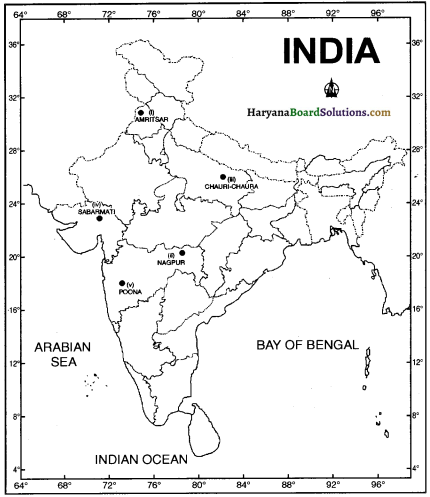

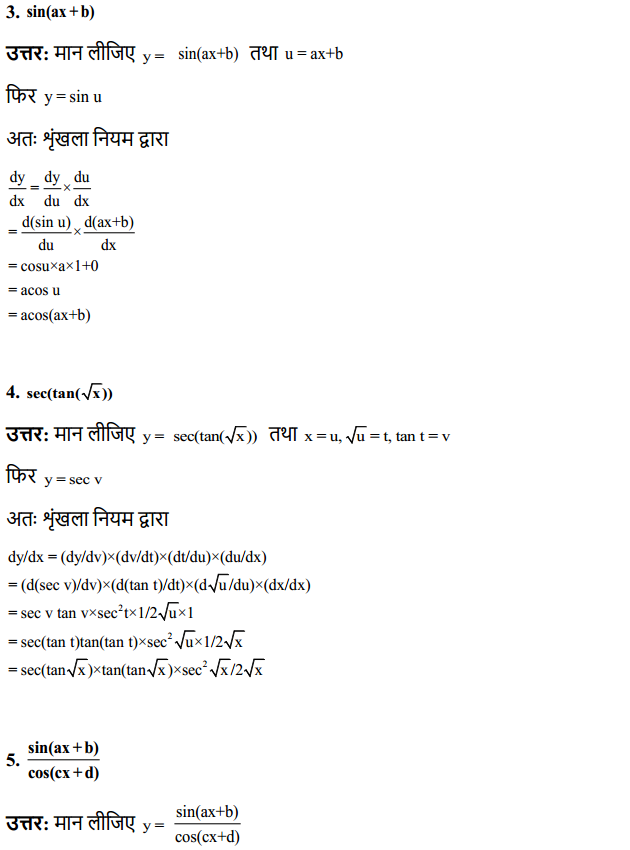
![]()
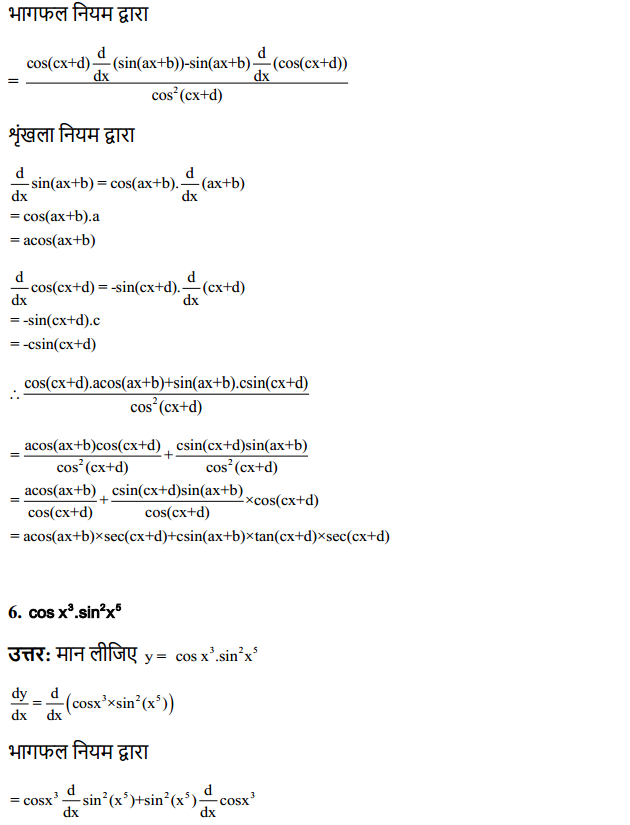

![]()
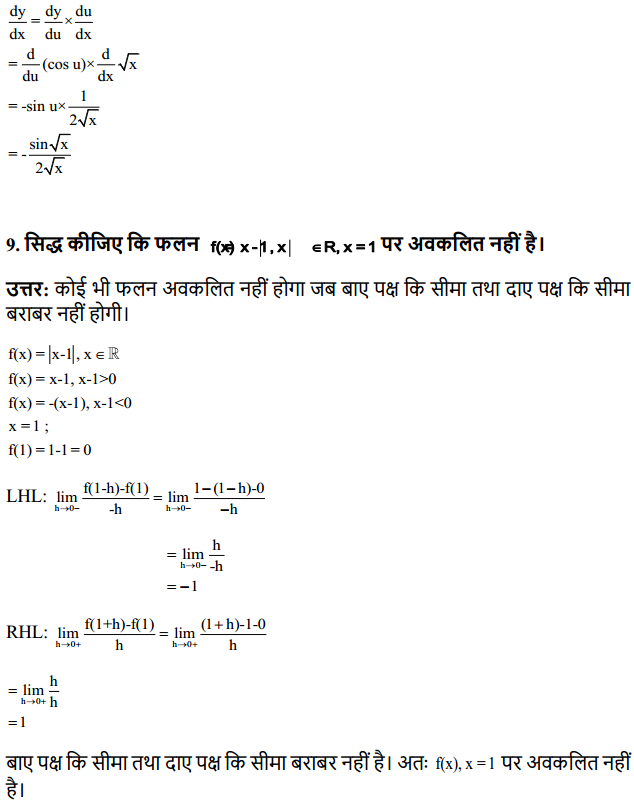
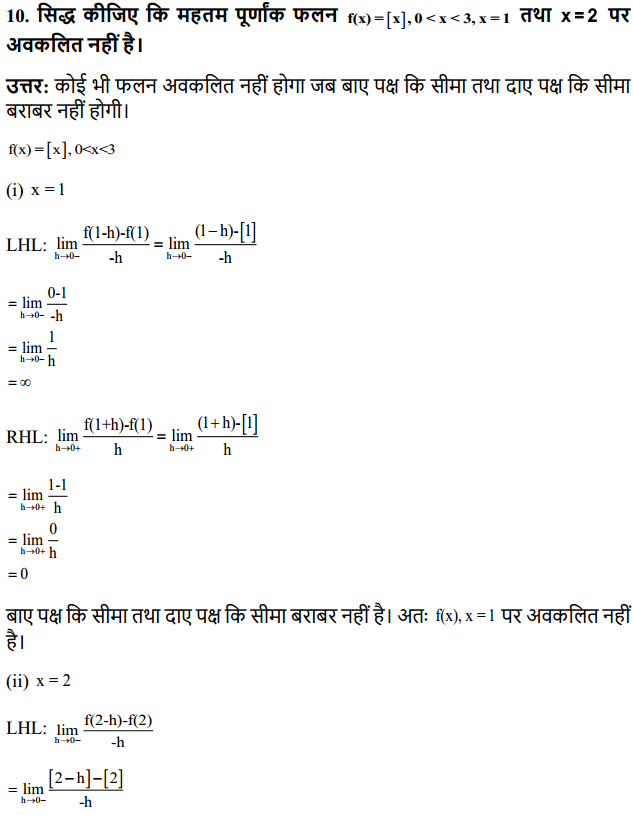
![]()
